I’m now fortunate to own the new Sony FE 200-600mm F5.6-6.3 G lens and have begun my comparison and review with the more expensive Sony FE 100-400 F4.5-5.6 GM lens, a lens that I have owned since it was first launched back in April, 2017.
Sadly one of these lenses will probably need to be sold at some point soon, but which one am I going to let go?
I’m already reasonably certain I know which one already, but before I make the final decision I’m going to compare these two lenses against each other.

Before I get started if you are on Facebook then please do consider joining the Sony Alpha Wildlife Shooters Group that I run. There you’ll find many friendly group members sharing photos shot with both the Sony 100-400 and the 200-600 lenses mounted to a range of different Alpha cameras. You’ll also find lots of helpful tips and tricks.
Table of Contents[Hide][Show]
- Handling
- Field of View
- Color Rendition
Autofocus Test with Frank+−
- Sony a6400 Autofocus Test at 400mm
- Sony a6400 Autofocus Test at 560mm / 600mm
- Sony a7III Autofocus Test at 400mm
- Sony a7III Autofocus Test at 560mm / 600mm
- Sony a7R III Autofocus Test at 400mm
- Sony a7R III Autofocus Test at 560mm / 600mm
- Sony a9 Autofocus Test at 400mm
- Sony a9 Autofocus Test at 560mm / 600mm
- Autofocus Test with Birds in Flight
- Minimum Focus Distance
- Conclusion
- Sony 200-600 Bag Guide
Body Design
Both lenses are very well made from magnesium-alloy and feature rubber gaskets to help keep dust and moisture at bay.
Besides the obvious focal length and aperture differences, the biggest difference is that the 100-400 lens extends when you zoom whilst the 200-600 features a fixed length internal zoom design that does not extend, and therefore the distance between the front element and your subject does not change as you zoom.
Size and Weight
The 100-400 is the lightweight of these two telephoto zooms and weighs in at 1596g (with tripod foot and hood attached). Without extending the zoom it measures 205mm in length, extending the zoom to 400mm takes it to 285mm. The lens has a maximum diameter of 93.9mm.
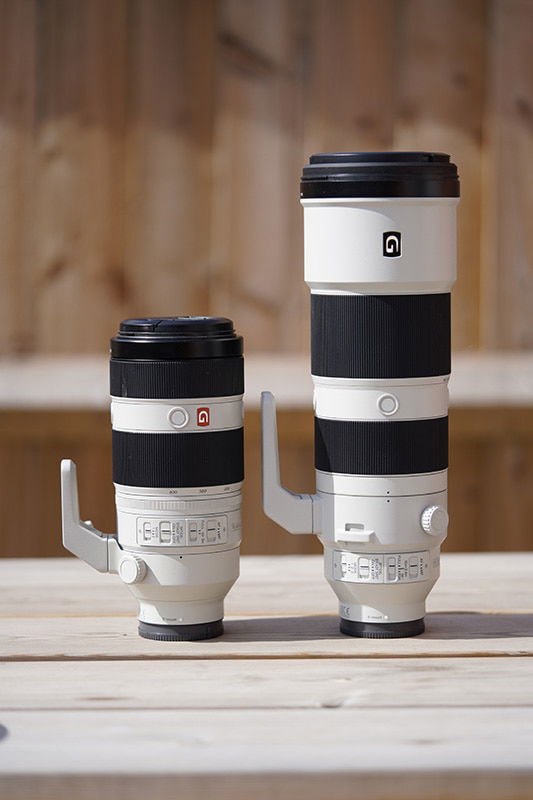
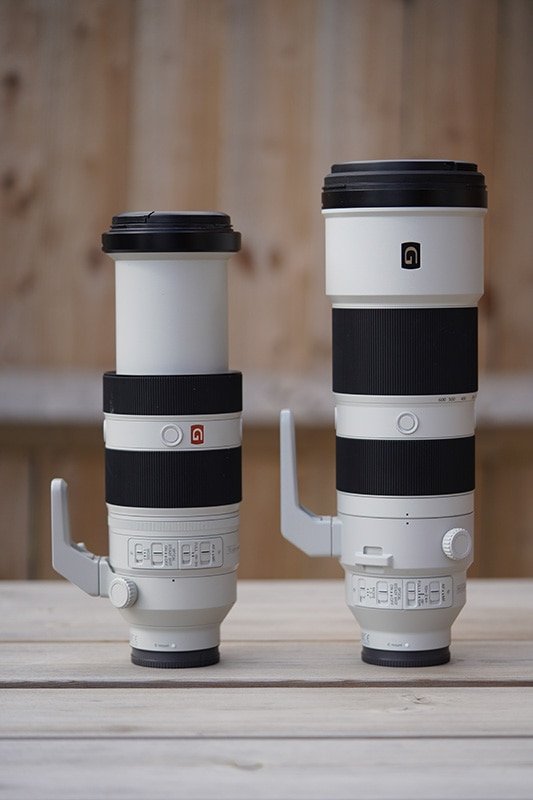
The 200-600 weighs in at 2397g (with tripod foot and hood attached), making it 801g heavier. It measures 318mm in length with a maximum diameter of 111.5mm.
If you decide to add the 1.4x teleconverter to the 100-400 to take the focal length to 560mm then this will add an additional 169g in weight and now the 200-600 is only 632g heavier, it also adds 16mm in length.

Control Buttons
Both lenses include 3 customizable buttons surrounding the barrel towards the end of the lens.
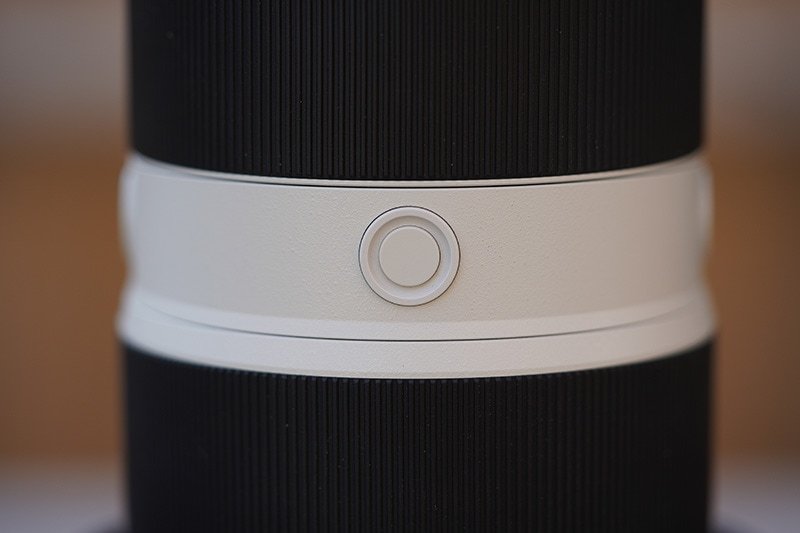
They also include very similar controls but not identical.
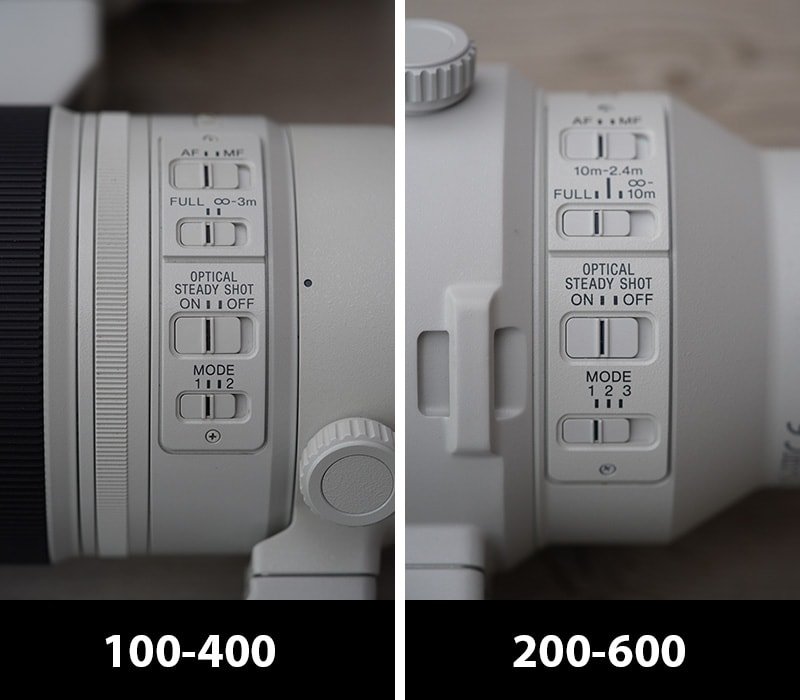
Above you can see the main lens controls and if you look closely you will notice two key differences.
The first is that the 200-600 features 3 focus limiter settings. You can choose between full, 10m-2.4m, or infinity to 10m. The 100-400 has only two focus limiter settings and you can choose between full or infinity to 3m.
The second key difference is that the 200-600 includes an additional OSS (Optical SteadyShot) Mode 3 setting that provides stabilization for tracking and shooting dynamic, unpredictable sports action.
Focal Length, Zoom and Focus Rings
The Sony FE 100-400 GM has a variable aperture of f/4.5 – 5.6 and it jumps to f/5.6 at 164mm, the maximum focal length is 400mm. The Sony FE 200-600mm G also has a variable aperture but this time it’s from f/5.6 – 6.3 and it jumps to f/6.3 at 300mm, the maximum focal length is 600mm.
The 100-400 features a zoom smoothness adjuster that provides mechanical control of zoom ring torque, although even when set to tight you will still get a little zoom creep if you hold the lens pointing towards the ground. The 200-600 does not require such a control since it’s an internal zoom and does not extend.

The zoom ring of the 100-400 is located closest to the camera body and has a throw of around 3.5 inches. The zoom ring of the 200-600 is located furthest away from the camera body and has a short throw of just 2.5 inches, so effectively both zoom and focus rings are reversed on each lens.
The zoom ring of the 200-600 is much smoother and easier to control compared to the 100-400 which has more resistance to it even on the smooth setting.
The focus ring of the 100-400 has very little resistance and if you are manually focusing it’s far too easy to throw out the focus by simply removing your fingers from the ring. Thankfully the 200-600 has more resistance yet is still easy to adjust.
Tripod Collar and Foot
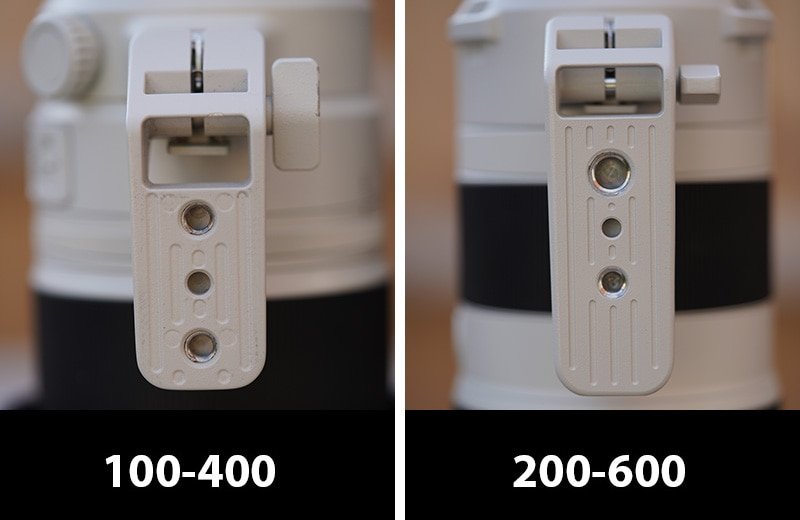
Both lenses include a tripod collar and foot. The 100-400 has two 1/4″-20 screw threads on the foot and the 200-600 has one 1/4″-20 thread and one 3/8″-20 thread.
There’s a chunky release knob on each lens to allow them to rotate within their collars. The collar cannot be removed from either lens but the feet do come off the collar exposing a 1/4″-20 thread on each.

Neither feet include an Arca-Swiss quick release plate which other lenses like the Sigma 60-600 do feature. So if you wish to use the lens on a tripod or gimbal head this leaves you with two options, you can either attach an arca-swiss quick release plate to the foot, or you can replace the entire foot for one that is arca-swiss compatible.
Personally I prefer to replace the original foot with one that is arca-swiss compatible, as quick release plates can come loose and I have in the past left them at home and only realized when I came to mount the lens to my gimbal which is rather frustrating, they also add additional weight.
I’m using the Kirk LP-65 (B&H Photo) for my 100-400 and have also purchased the Kirk LP-68 (B&H Photo) for the 200-600. The foot mounts are different sizes so if you already have the Kirk LP-65 on your 100-400 I’m afraid it won’t fit the 200-600.
There’s also the Really Right Stuff LCF-102 for the 200-600 (B&H Photo). I’ve not used this myself but it goes get very positive reviews.
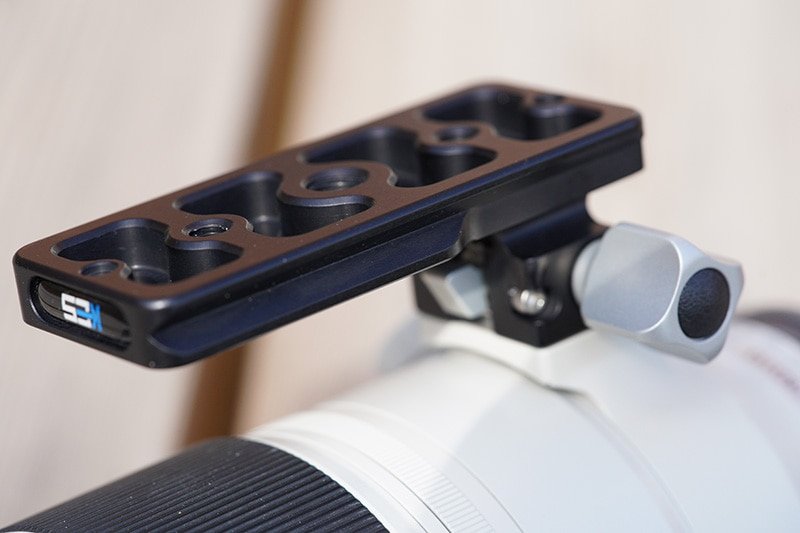
The Kirk LP-65 on the 100-400
Both the LP-65 and LP-68 are also longer and wider than the original Sony feet which makes holding the lens by the foot a lot safer and more comfortable. They also feature a similar tool free release system just like the original Sony feet.
Lens Hoods
The Sony 100-400 includes the ALC-SH151 bayonet style lens hood that features a small hatch to allow you to rotate a circular polarizer without detaching the hood, there’s also a small button to release the hood and there’s a black velvet like lining inside the hood to help reduce reflections.

The Sony 200-600 includes the ALC-SH157 bayonet style hood but unlike the 100-400 this does not include a small hatch or release button, there is also no velvet like lining on the inside just dark plastic.
The 200-600 lens hood should click into place with a nice firm click (as mine does), however some Alpha Shooters appear to have received hoods that are not attaching so firmly and a few have even lost or damaged the hoods as a result. If you do purchase this lens I’d recommend checking that the hood does click firmly into place, if this isn’t the case and you feel like it could easily come loose then I’d recommend returning the lens for a replacement.
Both hoods feature a rubber ring to protect the hood if you stand the lenses upright. Both hoods can also be inverted and attached to the lens to reduce the transport size.
Filter Threads
The Sony 100-400 features a 77mm filter thread whilst the 200-600 has a larger 95mm thread.
Teleconverter Support
Both lenses support the Sony 1.4x (SEL14TC) and 2x (SEL20TC) teleconverters.
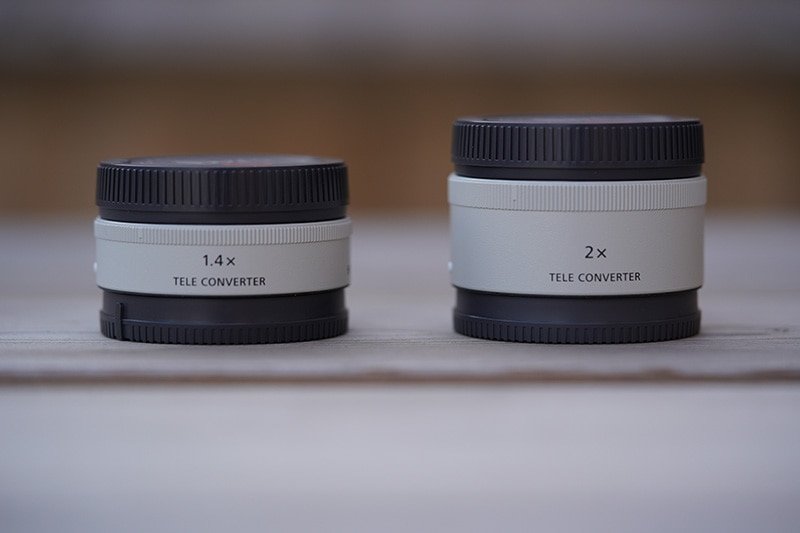
The 1.4x will extend the reach of the 100-400mm to a maximum of 560mm at f/8, and the 200-600mm to a maximum reach of 840mm at f/9. The 2.0x extends the 100-400mm to a maximum of 800mm at f/11 and the 200-600mm to a maximum of 1200mm at f/13.
Handling
The 100-400 is very well balanced even when fully extended at 400mm, the 200-600 on the other-hand seems to carry more of its weight towards the front of the lens making it a little more front heavy.
If you use these lenses side by side you are most definitely going to notice the additional 801 grams that the 200-600 is carrying. Maybe it doesn’t sound like a lot but if you are handholding then you are definitely going to feel the difference and your arms will tire much sooner than they will holding the 100-400.
If you are used to heavy lenses then the 200-600 might seem like a feather to you, but if you are coming from the 100-400 like myself then you will feel the extra weight, especially shooting birds in flight and airshows.
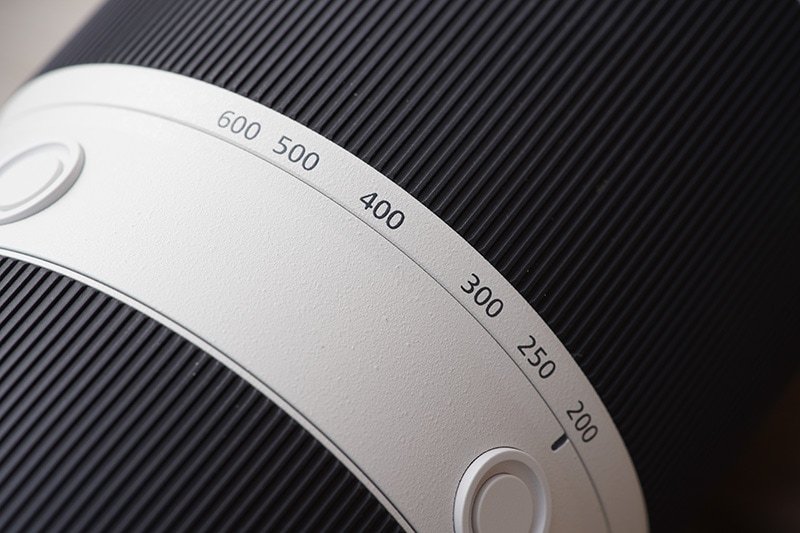
When it comes to zooming the 200-600 wins hands down. The internal zoom doesn’t throw off the balance at all when you zoom in and out, and the short zoom throw of 2.5 inches requires just a twist of the wrist to go from 200mm to 600mm and back again. The zoom action is also very smooth with the perfect amount of resistance.
Zooming on the 100-400 isn’t the most pleasant experience when compared to the 200-600. Even on the smoothest setting there is quite some resistance when shooting skywards which makes it more difficult to achieve a nice smooth zoom action. The zoom throw is also greater at around 3.5 inches and may require you to adjust your grip when zooming from 100-400.
If you are using a gimbal then balancing the 200-600 is a breeze and due to it’s internal zoom design it remains balanced as you zoom in and out. The 100-400 isn’t so gimbal friendly and you’ll need to balance it at each focal length you wish to use it at or simply tighten the gimbal head each time you remove your hands.

Field of View
The Sony FE 100-400 covers a focal range of 100-400mm, whereas the Sony FE 200-600 coverers a focal range of 200-600mm. Here’s a quick field of view comparison for these different focal lengths.
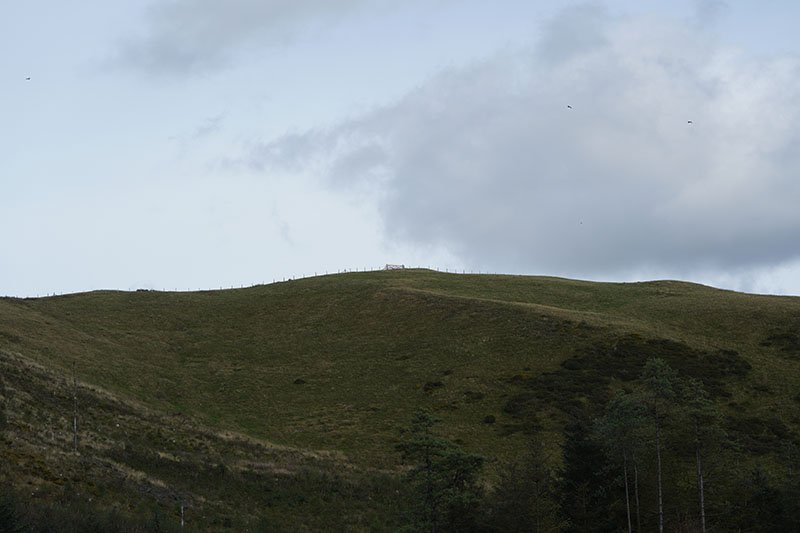
100mm
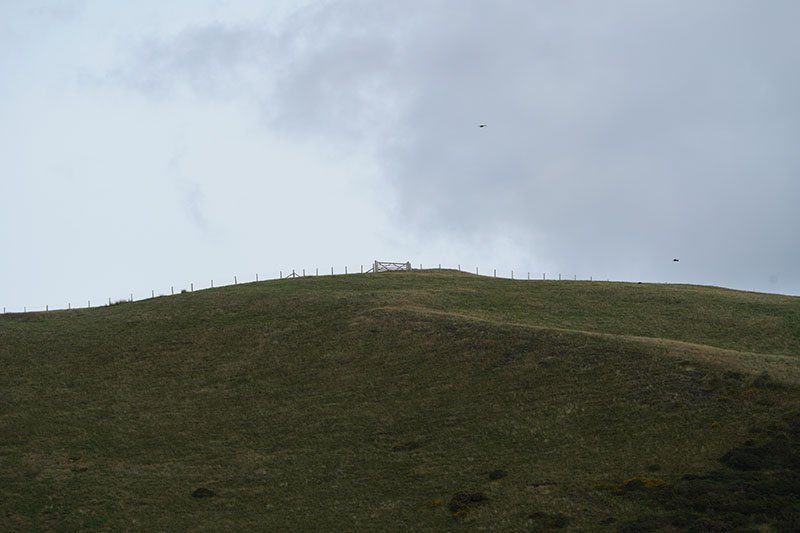
200mm

400mm
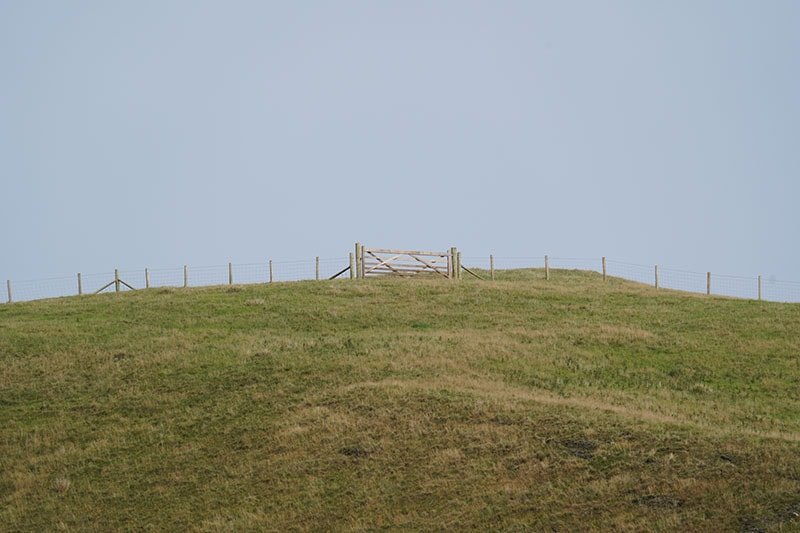
600mm
You can add the 1.4x teleconverter to the 100-400 which takes you to 560mm and gets you close to 600, however you’ll now be at f/8 compared with f/6.3 of the 200-600. Also adding the teleconverter does impact image quality which you will see in the following sharpness tests.
Sharpness Comparison
For these sharpness tests I mainly used my Sony a7R III together with a sturdy tripod. I’ve also added a few shots from my a9.
I turned off stabilization, used the electronic shutter to avoid any shutter shock and triggered the a7R III shutter using the Sony RMT-P1BT remote control. The a9 was set on a 5 second timer.
I also manually focused with the help of focus peaking + focus zoom and took multiple shots whilst micro adjusting the focus, selecting only the sharpest images from each lens to compare.
200mm Comparison 1
The following two images I shot from around 15m away and I focused on Manny the Mammoth’s yellow label. I shot wide open at f/5.6 on both lenses. Hit the links below each image to download the full sized images.
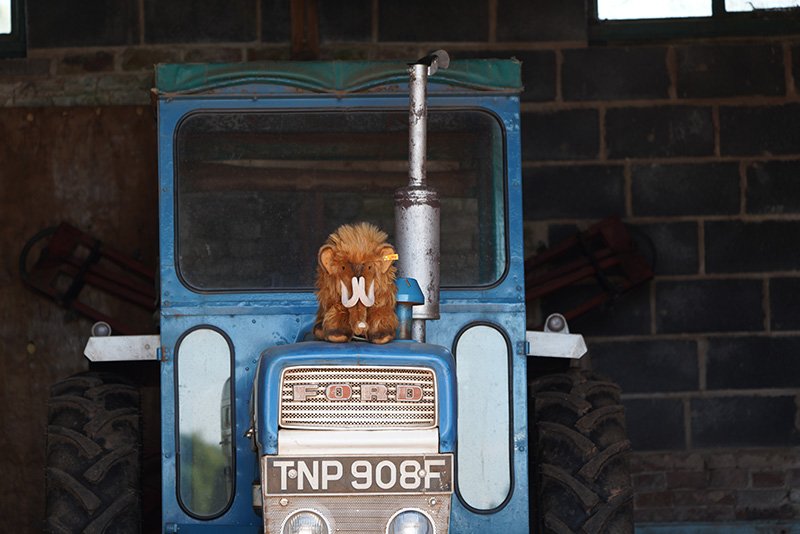
Sony a7R III + 100-400 @ 200mm | 1/50 | f/5.6 | ISO 100 | Full Resolution SOOC Download: JPEG | RAW **
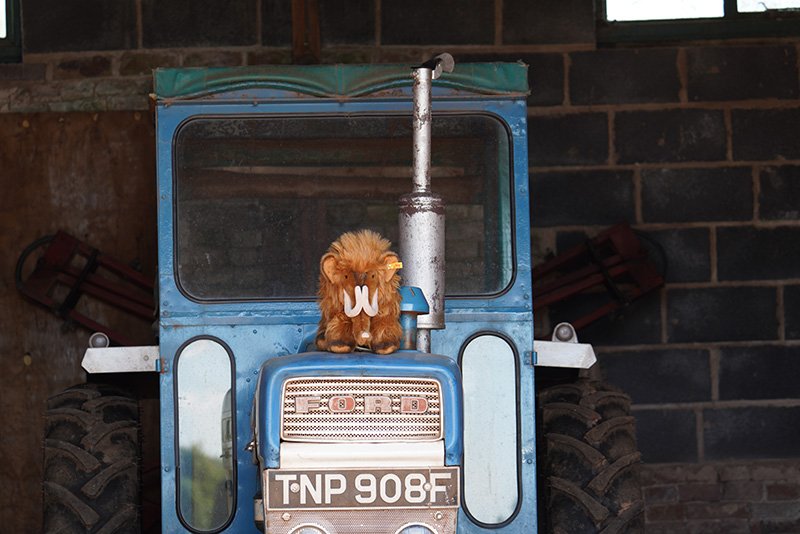
Sony a7R III + 200-600 @ 200mm | 1/40 | f/5.6 | ISO 100 | Full Resolution SOOC Download: JPEG | RAW **
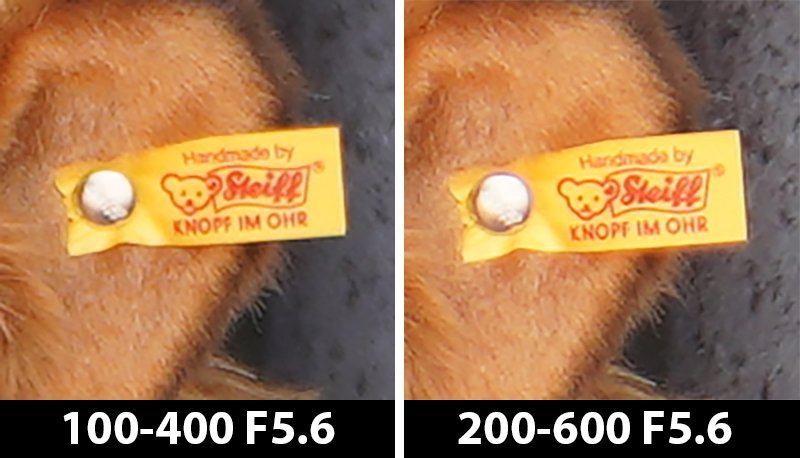
And here’s a 200% crop and side-by-side comparison:
To my eyes at least it’s very difficult to say that one image is clearly sharper than the other with this particular subject and at this shooting distance.
200mm Comparison 2
The next two images I shot from around 30m away and I focused on the first paragraph of text under “BBQ Book”. I shot wide open at f/5.6 on both lenses.
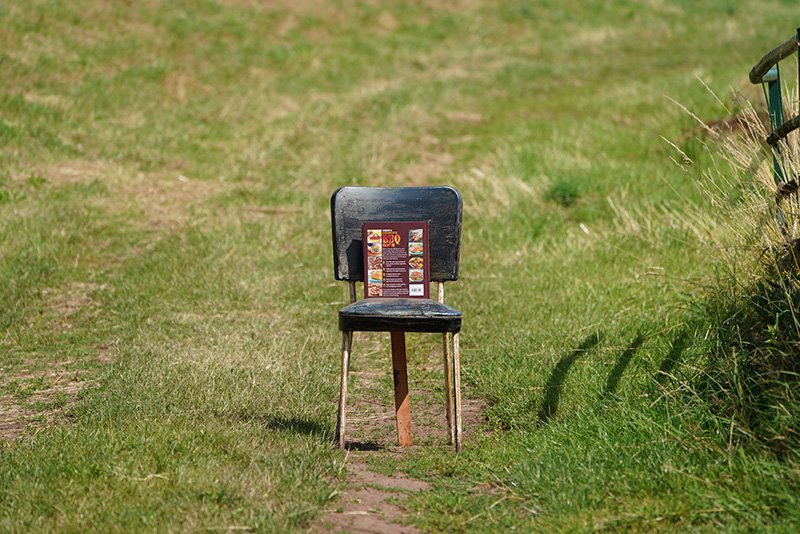
Sony a7R III + 100-400 @ 200mm | 1/500 | f/5.6 | ISO 100 | Full Resolution SOOC Download: JPEG | RAW **

Sony a7R III + 200-600 @ 200mm | 1/400 | f/5.6 | ISO 100 | Full Resolution SOOC Download: JPEG | RAW **

And here’s a 100% crop and side-by-side comparison:
Just like the previous two images, it’s difficult to say that one image is clearly sharper than the other with this subject and at this shooting distance. However, if I had to pick one I would say that the 100-400 is perhaps just the tiniest bit sharper in this example. Let me know if you agree in the comments below.
400mm Comparison 1
The following two images I shot again from around 15m away and I focused on Manny the Mammoth’s yellow label. I shot wide open on both lenses so that’s f/5.6 on the 100-400 and f/6.3 on the 200-600 at 400mm. Hit the links below each image to download the full sized images.
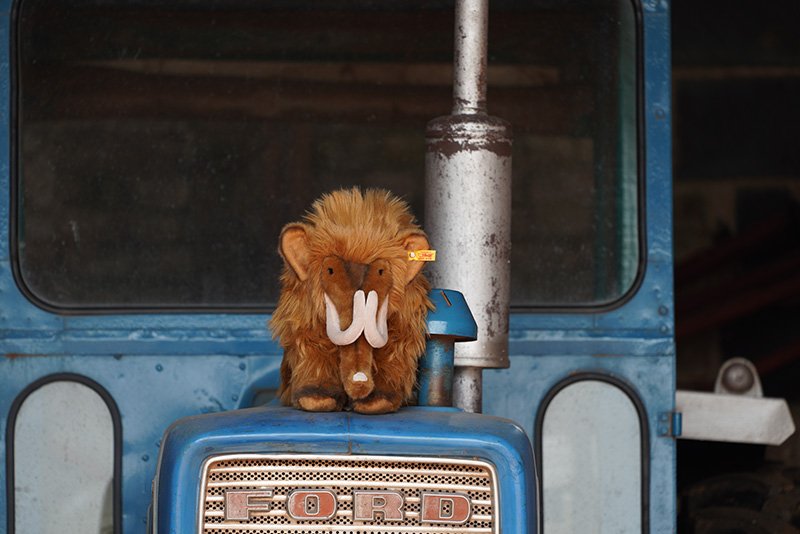
Sony a7R III + 100-400 @ 400mm | 1/100 | f/5.6 | ISO 100 | Full Resolution SOOC Download: JPEG | RAW **
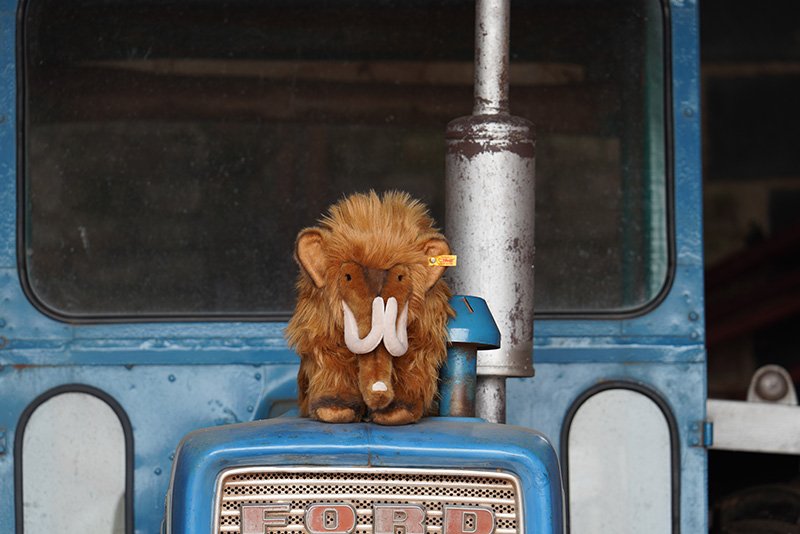
Sony a7R III + 200-600 @ 400mm | 1/60 | f/6.3 | ISO 100 | Full Resolution SOOC Download: JPEG | RAW **

And here’s a 100% crop and side-by-side comparison:
Although it’s very close, I think I’m going to have to give the 200-600 the win this time but only by a whisker.
400mm Comparison 2
The next two images I shot from around 30m away and I focused on the first paragraph of text under “BBQ Book”. I shot wide open at f/5.6 on the 100-400 and f/6.3 on the 200-600. I also stepped the 100-400 down to f/6.3 to do an equal aperture comparison.
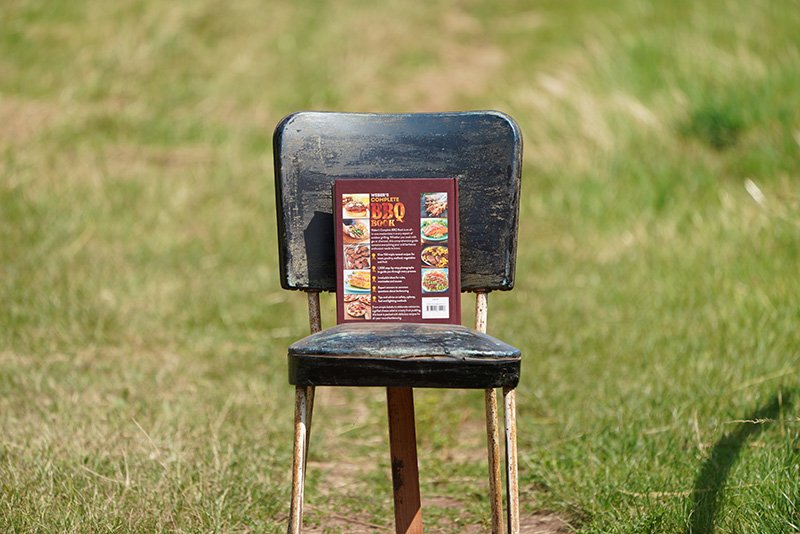
Sony a7R III + 100-400 @ 400mm | 1/400 | f/5.6 | ISO 100 | Full Resolution SOOC Download: JPEG | RAW **
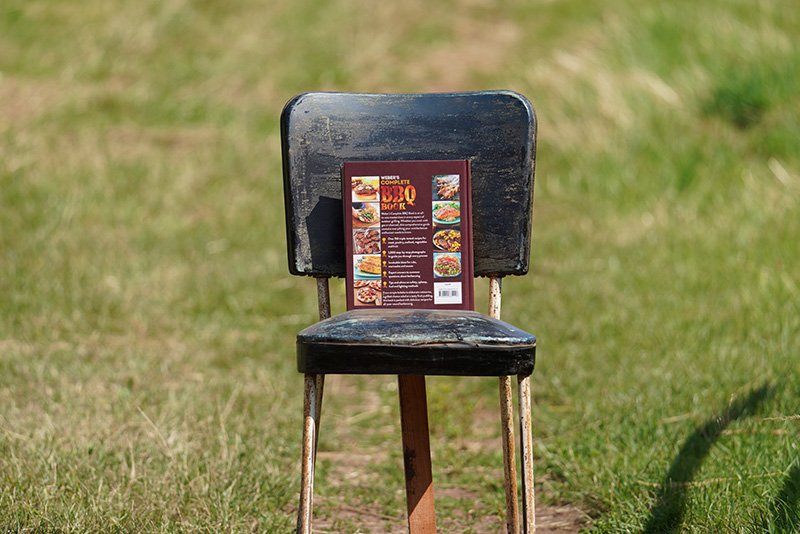
Sony a7R III + 200-600 @ 400mm | 1/400 | f/6.3 | ISO 100 | Full Resolution SOOC Download: JPEG | RAW **

And here’s a 100% crop and side-by-side comparison:
Although it’s very close again, the 200-600 is definitely a little bit sharper in this example. However, since I know that the 100-400 is a little sharper when you step down, here’s another 100% crop comparison but this time with the 100-400 at f/6.3 to match the aperture of the 200-600.

You can can clearly see that by stepping the 100-400 down to f/6.3 it now matches the sharpness of the 200-600 wide-open at f/6.3 but it doesn’t appear to improve upon it at least to my eyes. You can also download the full size f/6.3 shot in JPEG or RAW ** for your own viewing.
400mm Comparison 3
The next two images I shot from around 25m away and I focused on the “HPI Racing” text. I shot wide open at f/5.6 on the 100-400 and f/6.3 on the 200-600. I also again stepped the 100-400 down to f/6.3 to do an equal aperture comparison.

Sony a7R III + 100-400 @ 400mm | 1/800 | f/5.6 | ISO 100 | Full Resolution SOOC Download: JPEG | RAW **

Sony a7R III + 200-600 @ 400mm | 1/640 | f/6.3 | ISO 100 | Full Resolution SOOC Download: JPEG | RAW **
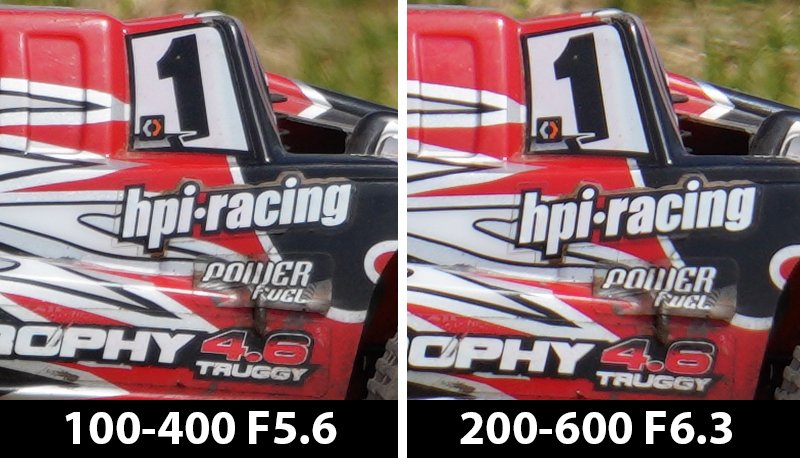
And here’s a 100% crop and side-by-side comparison:
It’s another very close fight, but if my eyes aren’t deceiving me then the 200-600 is again just that little bit sharper in this example, but certainly nothing to shout about.
Here’s another 100% crop comparison but this time with the 100-400 stepped down to f/6.3 again to match the aperture of the 200-600.
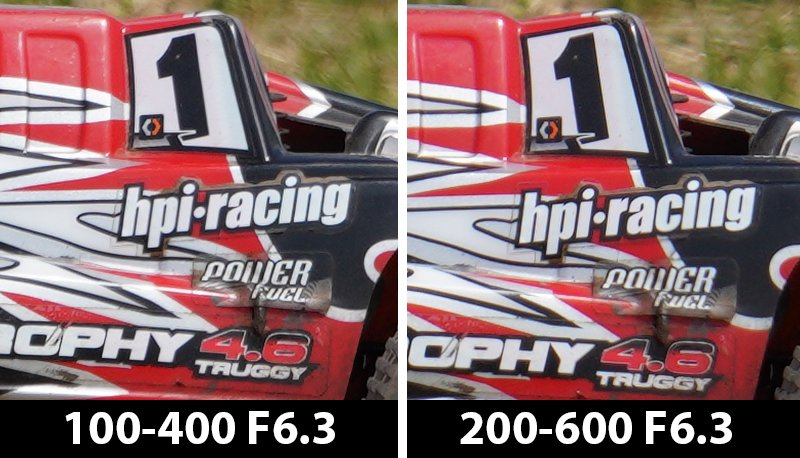
Just like the previous example when the 100-400 is stepped down to f/6.3 it now appears to match the sharpness of the 200-600 wide-open at f/6.3. You can also download the full size f/6.3 shot in JPEG or RAW ** for your own viewing.
At 560mm and 600mm Comparison 1
I’ve now added the Sony 1.4x teleconverter (SEL14TC) to the 100-400 to take the focal length to 560mm and the aperture down to f/8 wide-open (you lose one stop by adding the 1.4x).
I shot the 200-600 at 600mm and wide-open at f/6.3. The following two images I shot again from around 15m away and I focused on Manny the Mammoth’s yellow label.

Sony a7R III + 100-400 + 1.4x @ 560mm | 1/30 | f/8 | ISO 100 | Full Resolution SOOC Download: JPEG | RAW **
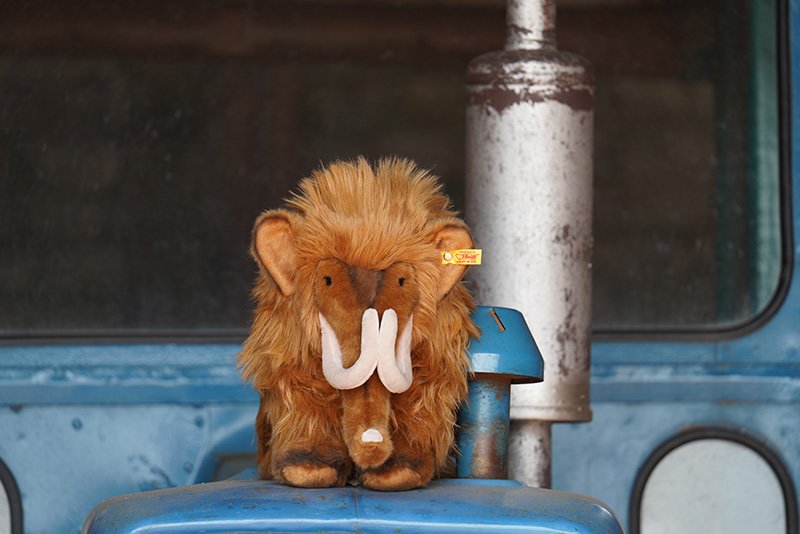
Sony a7R III + 200-600 @ 600mm | 1/60 | f/6.3 | ISO 100 | Full Resolution SOOC Download: JPEG | RAW **

And here’s a 100% crop and side-by-side comparison:
I think that it’s safe to say that the 200-600 at 600mm f/6.3 is sharper than the 100-400 + 1.4x at 560mm f/8, at least with this subject and shooting distance.
What if I now add the 1.4x to the 200-600mm to take it to 840mm and f/9? Here’s a 100% crop of the same image:

As you can see from this image, the 200-600 still retains excellent sharpness at 840mm f/9 when using the 1.4x teleconverter. You can also download the full size 840mm shot in JPEG or RAW ** for your own viewing.
At 560mm and 600mm Comparison 2
The next two images I shot from around 30m away and I focused on the first paragraph of text under “BBQ Book”. I shot wide open at f/8 on the 100-400 with the 1.4x at 560mm, and on the 200-600 at f/6.3and 600mm.
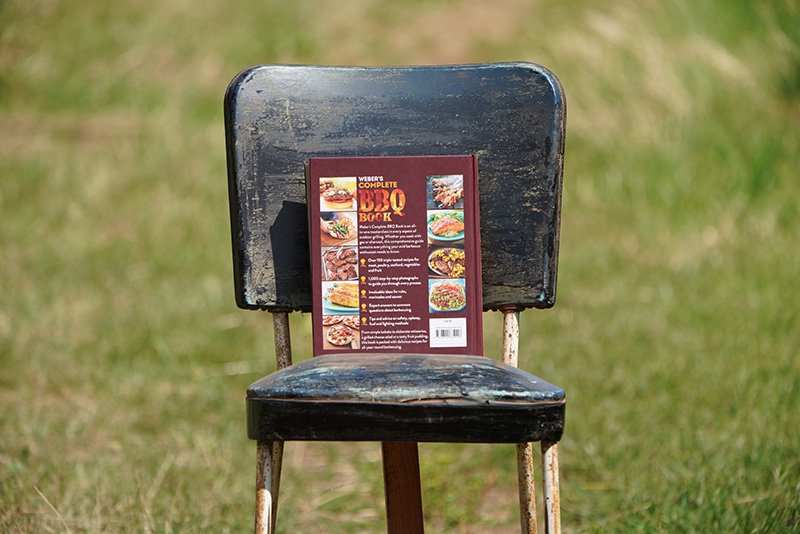
Sony a7R III + 100-400 + 1.4x @ 560mm | 1/30 | f/8 | ISO 100 | Full Resolution SOOC Download: JPEG | RAW **

Sony a7R III + 200-600 @ 600mm | 1/60 | f/6.3 | ISO 100 | Full Resolution SOOC Download: JPEG | RAW **

And here’s a 100% crop and side-by-side comparison:
Looking at these two images side-by-side it’s pretty clear to see that the 200-600 at 600mm f/6.3 is again sharper than the 100-400 + 1.4x at 560mm f/8, at least with this subject and shooting distance.
At 560mm and 600mm Comparison 3
The next two images I shot from around 100m away and I focused on the window. I shot wide open at f/8 on the 100-400 + 1.4x at 560mm, and on the 200-600 at f/6.3 and 600mm. I used my a9 for these shots.
Unfortunately the weather wasn’t playing nice and the light was changing pretty fast which made it harder to balance the exposure between shots. There was also a good breeze so I shot at 1/1000 to eliminate any movement but this pushed up the ISO. Full size SOOC JPEG’s are available to download but I forgot I was shooting my a9 in JPEG only so no RAW files this time I’m afraid.
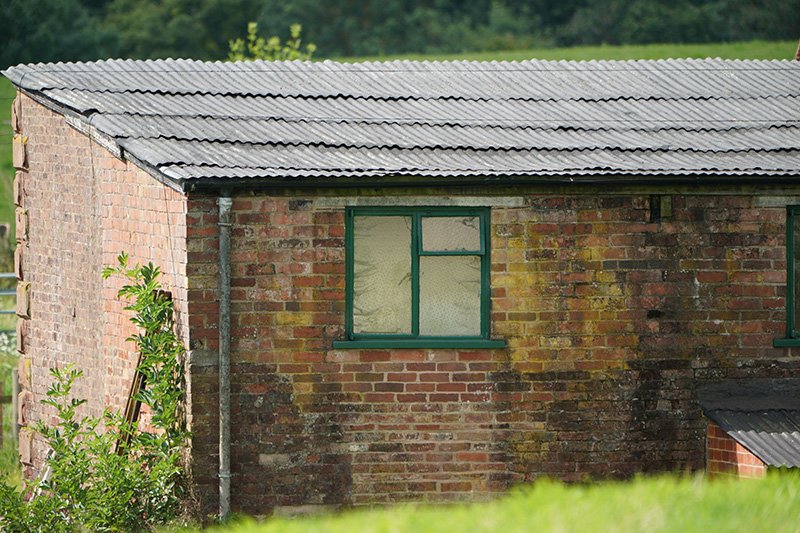
Sony a9 + 100-400 + 1.4x @ 560mm | 1/1000 | f/8 | ISO 1000 | Full Resolution SOOC Download: JPEG

Sony a9 + 200-600 @ 600mm | 1/1000 | f/6.3 | ISO 1250 | Full Resolution SOOC Download: JPEG

And here’s a 100% crop and side-by-side comparison:
It’s clear again that the 200-600 at 600mm is sharper than the 100-400 + 1.4x teleconverter at 560mm.
Now again adding the 1.4x to the 200-600mm to take it to 840mm and f/9. Here’s a 100% crop of the same image:

Again the 200-600 still retains very good sharpness at 840mm f/9 when using the 1.4x teleconverter. You can also download the full size 840mm shot in JPEG for your own viewing.
Sharpness Summary
Shooting wide-open at 200mm I’m really not seeing any big differences in sharpness between the lenses.
At 400mm it appears that the 200-600 could possibly have a very small sharpness advantage over the 100-400 at f/5.6. But when you step the 100-400 down to f/6.3 both lenses appear to be equally sharp.
I was actually expecting the 100-400mm to be sharper than the 200-600 at 400mm when shooting wide-open, so I’m rather surprised to see these results. I even thought that perhaps my 100-400 GM has quality issues and could possibly be decentered, but I checked and it isn’t. Still, I wanted to be certain of these results so I hired another 100-400 GM for a couple of days but the results were the same.
Adding the teleconverter to the 100-400 to take it to 560mm and f/8 definitely impacts the image quality, and it’s fairly clear from the images I’ve shot so far that the 200-600 at 600mm f/6.3 is the sharper lens by a good margin when you start to pixel peep.
Adding the 1.4x teleconverter to the 200-600 to take it to 840mm and f/9 does not appear to impact the image quality as much as it does on the 100-400. Still, I’d like to do further comparisons to confirm this, along with some comparisons with the 2x teleconverter.
Vignetting Comparison
Vignetting, also known as “light fall-off” is simply the darkening of image corners when compared to the center. If you are shooting JPEG’s then vignetting can be controlled using in-camera lens corrections and if you are shooting raw then you can apply lens corrections in post.
The following exciting sky shots have been taken with in-camera lens corrections turned both on and off, when turned off they also match what is seen in the raw files.
Vignetting at 200mm
At 200mm and shooting wide-open both lenses show no signs of vignetting with lens corrections turned on. Turn off the corrections and the 200-600 clearly shows that the lens corrections are working harder at 200mm than the 100-400.
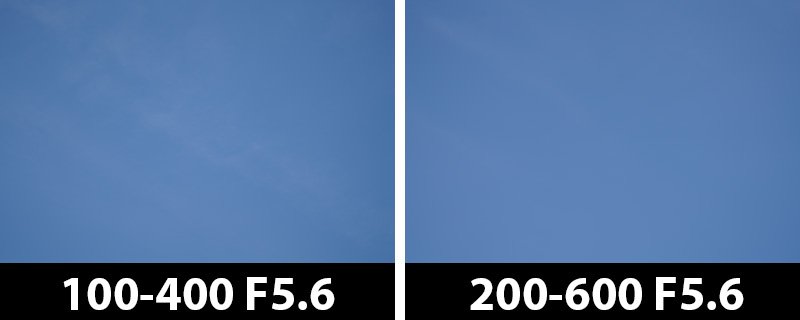
With Lens Corrections Turned On

With Lens Corrections Turned Off
Vignetting at 400mm
At 400mm and shooting wide-open both lenses show no signs of vignetting with lens corrections turned on. Turn off the corrections and the 100-400 displays heavier vignetting than the 200-600.
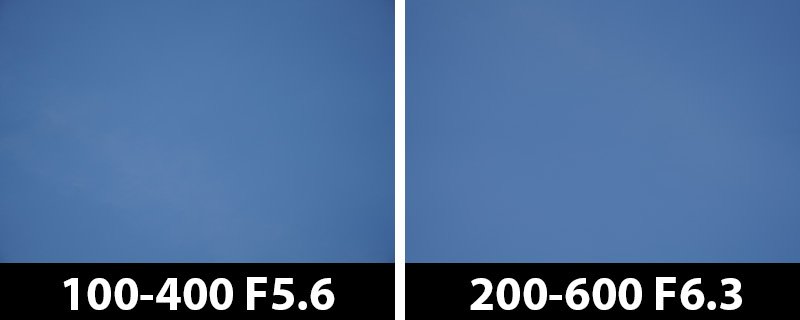
With Lens Corrections Turned On
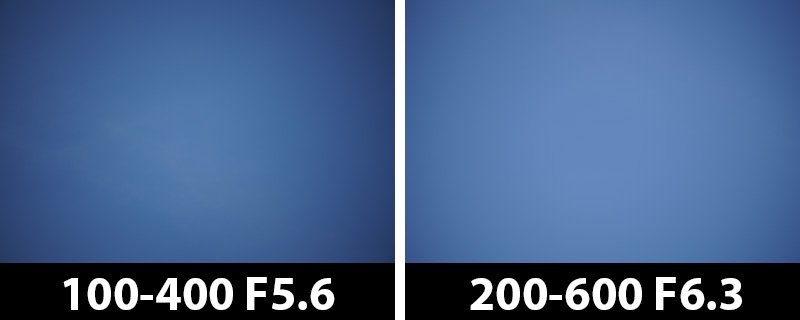
With Lens Corrections Turned Off
Vignetting at 560mm / 600mm
Adding the 1.4x teleconverter (SEL14TC) to take the 100-400 to 560mm / f8 and you’ll see signs of vignetting even when lens corrections are turned on, whereas the 200-600mm displays no signs of vignetting. Turning off lens corrections and both lenses now show signs of mild vignetting, although the corners are much darker with the 100-400.

With Lens Corrections Turned On
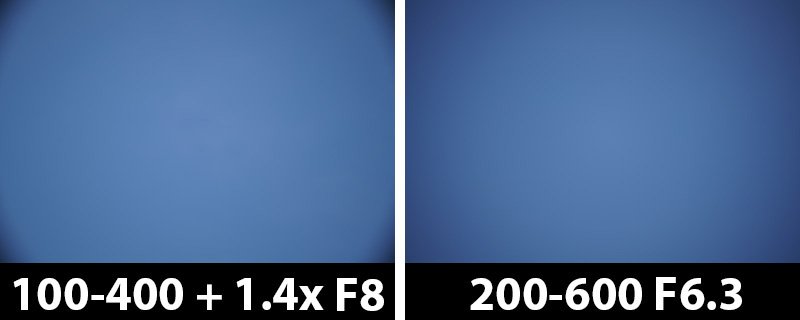
With Lens Corrections Turned Off
Vignetting with 1.4x Teleconverter at 560mm / 840mm
Now comparing both lenses with the 1.4x (SEL14TC) attached and shooting wide-open you’ll see that with lens corrections turned on the 200-600 displays only a hint of vignetting. Turning off lens corrections and again both lenses now show signs of mild vignetting, although the corners are still much darker with the 100-400.
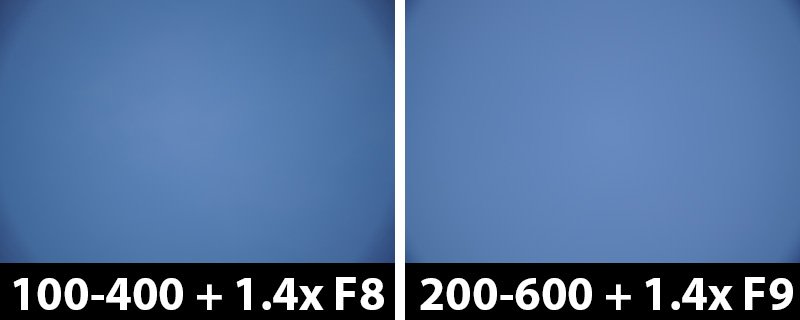
With Lens Corrections Turned On

With Lens Corrections Turned Off
Vignetting with 2x Teleconverter at 800mm / 1200mm
Now comparing both lenses with the 2x (SEL20TC) attached and shooting wide-open, you’ll see that with lens corrections turned on both lenses are well corrected in-camera. Turning off lens corrections and the 100-400 shows a small amount of light fall-off in the corners whereas the 200-600 is pretty much vignetting free.

With Lens Corrections Turned On

With Lens Corrections Turned Off
Vignetting Summary
With in-camera lens corrections turned on you’ll struggle to spot any signs of vignetting at 200mm and 400mm with both lenses, turn off the corrections and the 100-400 displays heavier vignetting than the 200-600 at 400mm.
Taking the 100-400 to 560mm with the 1.4x teleconverter and you’ll now see signs of vignetting even with corrections turned on, whereas the 200-600 shows no signs of vignetting at 600mm with corrections turned on. Turning off lens corrections and both lenses now show signs of mild vignetting, although the corners are much darker with the 100-400.
Add the 1.4x (SEL14TC) teleconverter to the 200-600 to take it to 840mm / f/9 and you’ll see a very small amount of vignetting with corrections turned on, but it’s an improvement over the 100-400 + 1.4x. Turn off lens corrections and the 200-600 now shows signs of mild vignetting.
Finally adding the 2x (SEL20TC) teleconverter and shooting at the maximum focal length and aperture you’ll see that both lenses show no signs of vignetting with corrections turned on. Turning off lens corrections and the 100-400 shows a small amount of light fall-off in the corners whereas the 200-600 is pretty much vignetting free.
So basically other than at 200mm where the 100-400 takes the win, the 200-600 is much better controlled for vignetting at 400mm, 600mm and when both the 1.4x and 2x teleconverters are added.
Chromatic Aberration
Let’s see how well both the 100-400 GM and the 200-600 G compare when it comes to their handling of Chromatic Aberration (CA), also known as “color fringing” or “purple fringing”.
Longitudinal Chromatic Aberration
Longitudinal Chromatic Aberration, also known as “LoCA”.
400mm vs 600mm
The following shots were taken with both lenses at their maximum focal lengths and apertures. So the 100-400 was at 400mm f/5.6 and the 200-600 at 600mm f/6.3.
With Lens Corrections Turned Off
The following image comparison is a 100% crop from the center of the frame with lens corrections turned off.

The following image comparison is a 100% crop from the edge of the frame with lens corrections turned off.
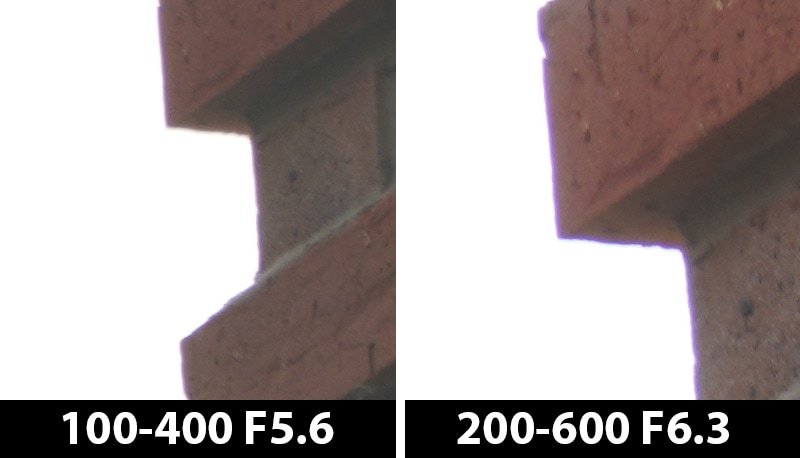
As you can hopefully see the 100-400 shows no signs of CA either in the center of the frame and only the smallest amount towards the edge of the frame with lens corrections turned off. The 200-600 however shows clear signs of CA in the center of the frame and at the edges, with the edge CA being more pronounced than the center.
With Lens Corrections Turned On
The following image comparison is a 100% crop from the center of the frame with lens corrections turned on.
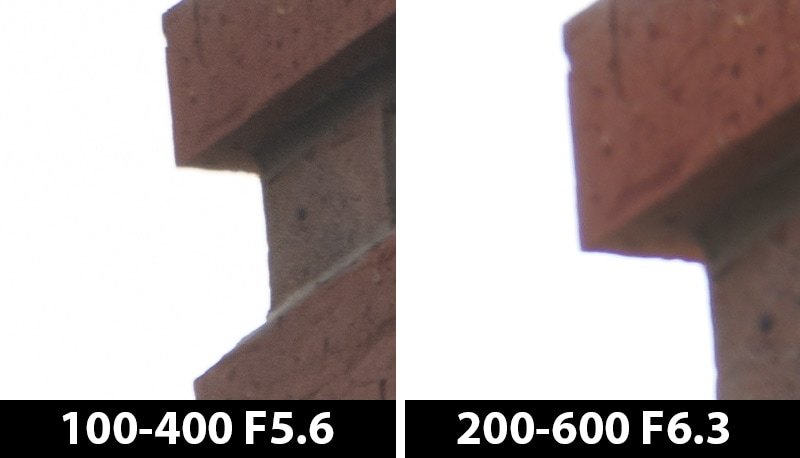
The following image comparison is a 100% crop from the edge of the frame with lens corrections turned on.

The 100-400 shows no signs of CA either in either the center or towards the edge of the frame when lens corrections are turned on. The 200-600 still shows clear signs of CA in the center of the frame and at the edges, with the edge CA being more pronounced than the center even with lens corrections turned on.
Chromatic Aberration Summary
At least when shooting at their respective maximum focal lengths and apertures the 100-400 appears to handle CA a lot better than the 200-600. It shows no signs of CA in the center of the frame with corrections turned on and only the smallest amount of CA towards the edges. Turn on lens corrections as there is no VA visible anywhere in the frame.
The 200-600 is showing signs of CA both in the center of the frame and towards the edges where it becomes more pronounced. Turning on lens corrections helps to reduce the CA but it’s not removed completely and you may need to apply further CA removal in post if shooting subjects with high contrast. If you step the lens down to f/11 then CA is no longer visible but I doubt many of us will be shooting at f/11.
This is a pretty extreme test and thankfully I’ve not spotted any CA in the real world images that I’ve shot with the 200-600 so far, but I will certainly be keeping an eye out for this.
Color Rendition
I shot the following color chart on my Sony a7III to see how each lens renders color, both images are unprocessed raw files.
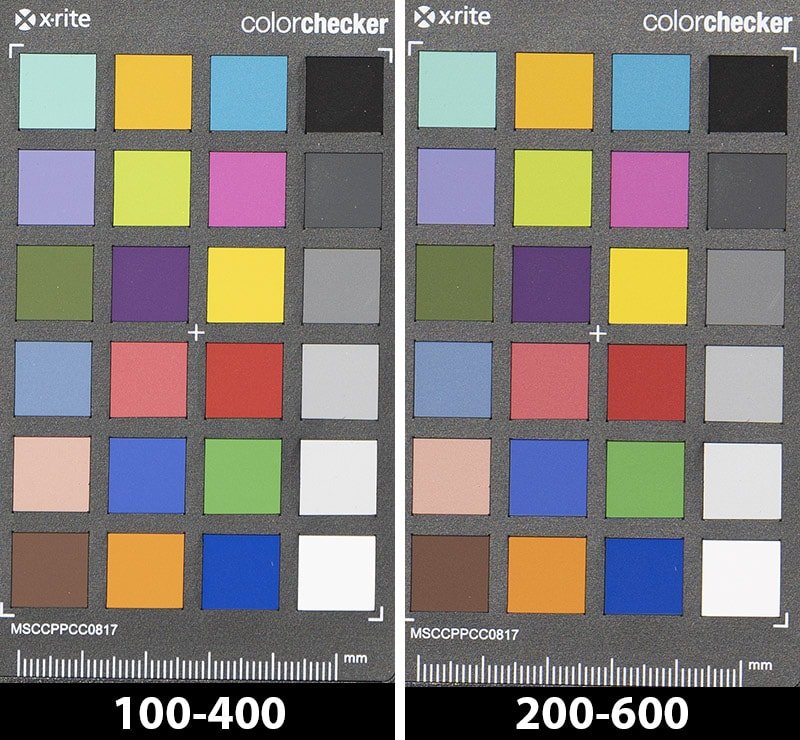
We all perceive color differently so this test will be somewhat subjective. To my eyes it looks like the 200-600 has a little more contrast but there’s really very little in it and if you process your images anyway this is really a moot point.
Autofocus Test with Frank
In the following video featuring my dog Frank I tested both lenses at 400mm, then added the 1.4x to the 100-400 and tested it at 560mm vs the 200-600 at 600mm. Both lenses were shot wide-open and I used 4 different cameras: the a6400, a7III, a7R III and a9 to give you an idea of how it performs on each camera, since the camera used will always impact the AF performance of the lens.
Overall the 100-400 at 400mm had a keeper rate of 96% compared to 93% of the 200-600 at 400mm. However, the tables were turned when I added the 1.4x to the 100-400 which reduced the keeper rate to 92% at 560mm, this compared to 95% with the 200-600 at 600mm.
The a7R III had an overall keeper rate of 85% compared to 87% for both the a6400 and a7III. The a9 didn’t miss a shot with a keeper rate of 100%. Of course Frank is not the most challenging of subjects but he was the most convenient for testing so many cameras and focal lengths.
Here are some of the images from the test shoot. The light was changeable so it was impossible to balance the exposures perfectly between shots. I was also shooting in JPEG only so no RAW files I’m afraid.
Sony a6400 Autofocus Test at 400mm
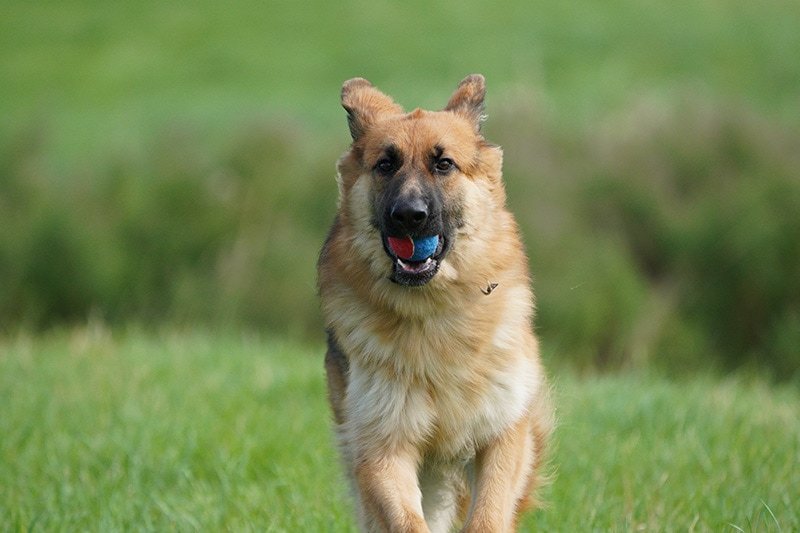
Sony a6400 + 100-400 @ 400mm | 1/2000 | f/5.6 | ISO 800 | Full Resolution SOOC Download: JPEG
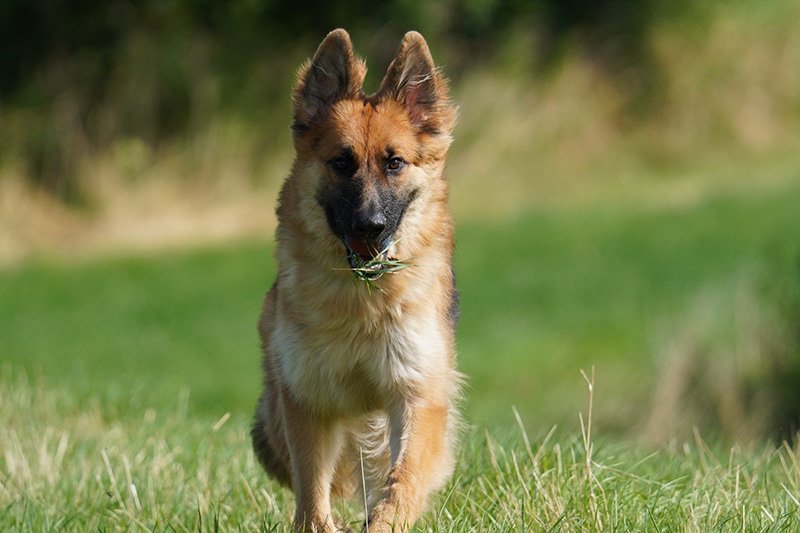
Sony a6400 + 200-600 @ 400mm | 1/2000 | f/6.3 | ISO 500 | Full Resolution SOOC Download: JPEG
Sony a6400 Autofocus Test at 560mm / 600mm
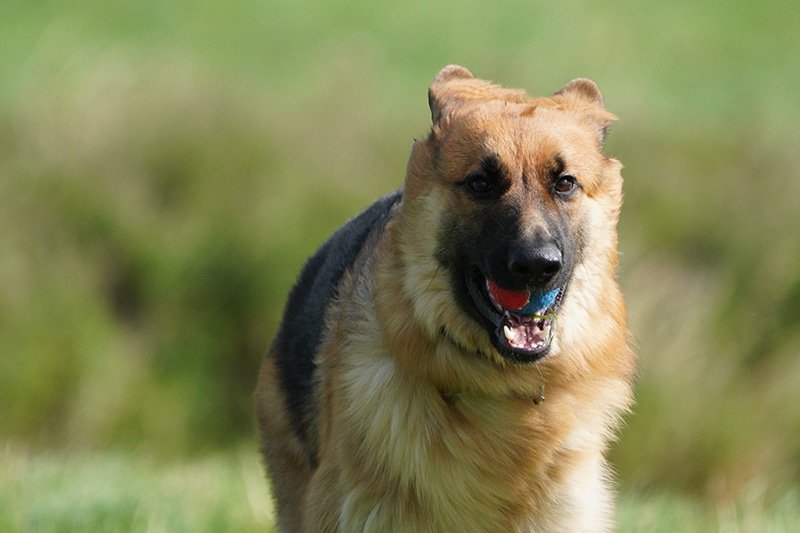
Sony a6400 + 100-400 + 1.4x @ 560mm | 1/2000 | f/8 | ISO 1000 | Full Resolution SOOC Download: JPEG

Sony a6400 + 200-600 @ 600mm | 1/2000 | f/6.3 | ISO 640 | Full Resolution SOOC Download: JPEG
If you download and take a closer look at the images you’ll struggle to spot much difference at 400mm between the lenses, but the 200-600 wins again at 600mm when compared with the 100-400 + 1.4x at 560mm.
Sony a7III Autofocus Test at 400mm

Sony a7III + 100-400 @ 400mm | 1/2000 | f/5.6 | ISO 640 | Full Resolution SOOC Download: JPEG

Sony a7III + 200-600 @ 400mm | 1/2000 | f/6.3 | ISO 800 | Full Resolution SOOC Download: JPEG
Sony a7III Autofocus Test at 560mm / 600mm
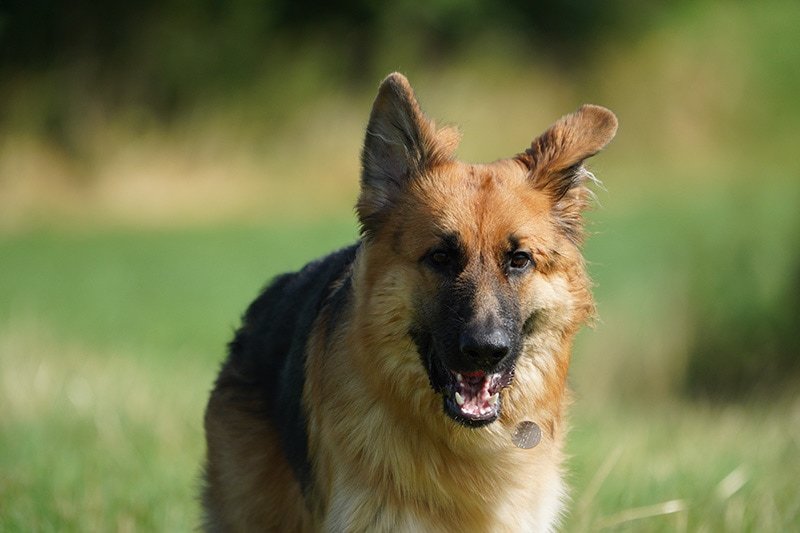
Sony a7III + 100-400 + 1.4x @ 560mm | 1/2000 | f/8 | ISO 1250 | Full Resolution SOOC Download: JPEG

Sony a7III + 200-600 @ 600mm | 1/2000 | f/6.3 | ISO 640 | Full Resolution SOOC Download: JPEG
Sony a7R III Autofocus Test at 400mm
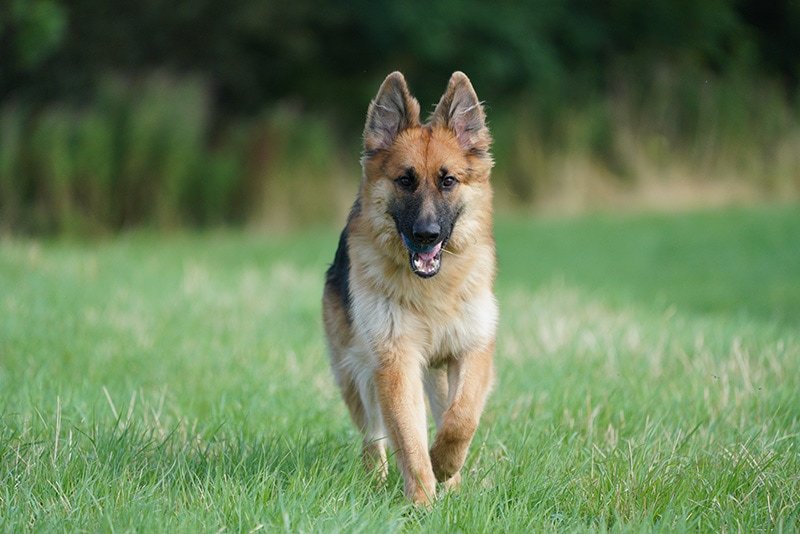
Sony a7R III + 100-400 @ 400mm | 1/2000 | f/5.6 | ISO 1600 | Full Resolution SOOC Download: JPEG

Sony a7R III + 200-600 @ 400mm | 1/2000 | f/6.3 | ISO 1250 | Full Resolution SOOC Download: JPEG
Sony a7R III Autofocus Test at 560mm / 600mm

Sony a7R III + 100-400 + 1.4x @ 560mm | 1/2000 | f/8 | ISO 2000 | Full Resolution SOOC Download: JPEG

Sony a7R III + 200-600 @ 600mm | 1/2000 | f/6.3 | ISO 2000 | Full Resolution SOOC Download: JPEG
Sony a9 Autofocus Test at 400mm
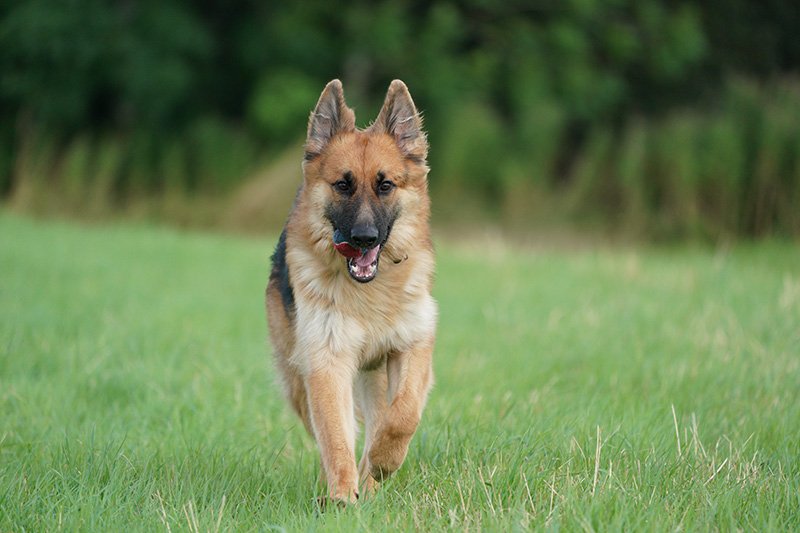
Sony a9 + 100-400 @ 400mm | 1/2000 | f/5.6 | ISO 1250 | Full Resolution SOOC Download: JPEG
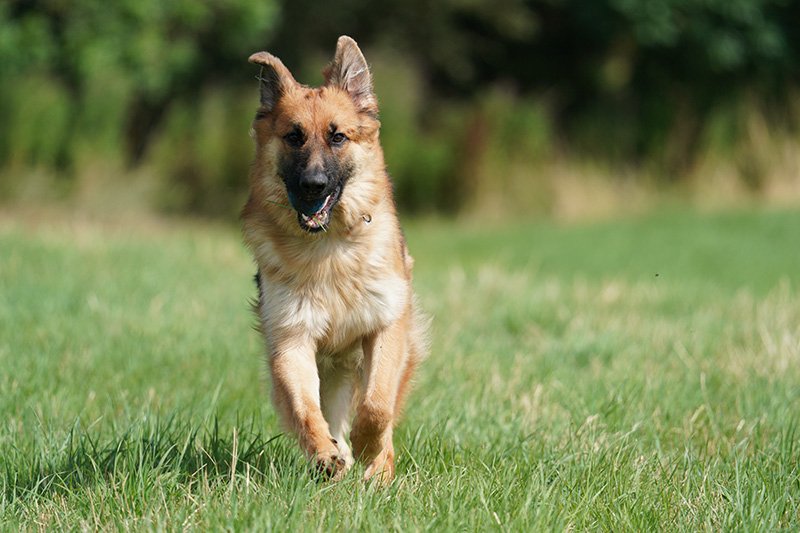
Sony a9 + 200-600 @ 400mm | 1/2000 | f/6.3 | ISO 500 | Full Resolution SOOC Download: JPEG
Sony a9 Autofocus Test at 560mm / 600mm
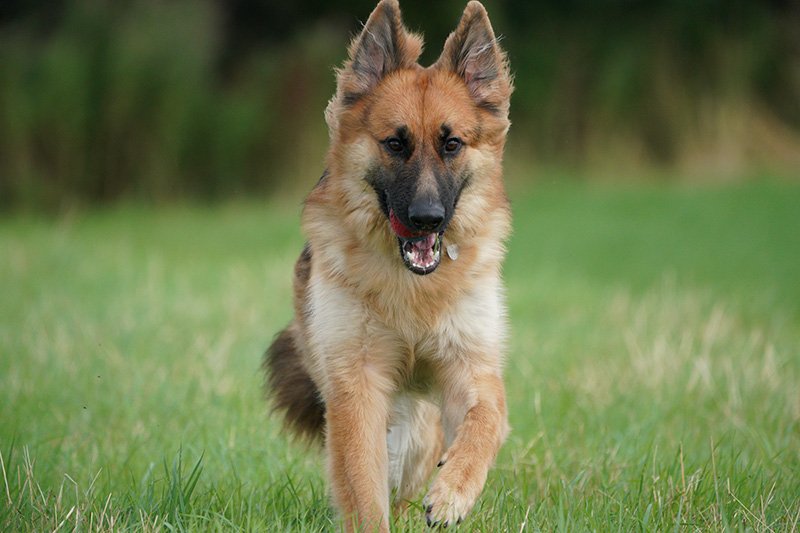
Sony a9 + 100-400 + 1.4x @ 560mm | 1/2000 | f/8 | ISO 2000 | Full Resolution SOOC Download: JPEG

Sony a9 + 200-600 @ 600mm | 1/2000 | f/6.3 | ISO 1600 | Full Resolution SOOC Download: JPEG
Autofocus Test with Birds in Flight
In the following video I show a comparison of using the 200-600 vs 100-400 + 1.4x for shooing birds in flight. The bird in this case is the red kite and since my time at this location was limited I was only able to use the Sony a7III to make sure that I got the video and shots needed.
Both lenses were shot at their maximum focal lengths and apertures, so the 200-600 was at 600mm f/6.3 and the 100-400 + 1.4x was at 560mm f/8.
I was using AF-C mode together with a wide focus area, tracking sensitivity was set to 5 although it should have been set to 1 (locked-on), unfortunately I mixed them up on the day! But even with sensitivity 5 both lenses locked on and tracked very well and there were probably only a couple of instances where 1 would have helped. Shutter speed was 1/2000 and ISO was set to Auto. Everything was shot handheld and I used panning mode 2 on both lenses.
I also used the Olympus EE-1 Dot Sight (B&H Photo / Amazon) to help make locating and tracking the kites in the sky far easier than using the EVF or LCD.
Both lenses performed equally as well when it came to locking on and tracking the red kites. However, the 200-600 gave me around 10% more keepers than the 100-400 + 1.4x and also all of the keepers shot with the 200-600 were sharper.
You can find the sample photos from this video in the sample gallery towards the end of this article.
Minimum Focus Distance
If you enjoy shooting bugs then the 100-400 offers the shortest minimum focusing distance of just 0.98m (3.22 ft). Whereas the 200-600 requires 2.4m (7.88 ft) to focus correctly.
Here are a couple of comparison images to give you an idea as to how close to your subject each lens will bring you at their respective minimum focus distances, the images have not been cropped.

Sony 100-400mm at 400mm

Sony 200-600mm at 600mm
I think the images speak for themselves here. The 100-400 most definitely comes out on top for close-up shots!
Specifications Comparison
| Lens Specifications | Sony FE 200-600 F5.6-6.3 G | Sony FE 100-400 F4.5-5.6 GM |
|---|---|---|
| Lens Mount: | Sony E-Mount | Sony E-Mount |
| Format: | 35mm full frame | 35mm full frame |
| Focal Length (mm): | 200-600 | 100-400 |
| 35mm Equivalent Focal Length (APS-C): | 300-900 | 150-600 |
| Focus Motors: | DDSSM | Double Linear Motor + DDSSM |
| Lens Groups / Elements: | 17-24 | 16-22 |
| Angle of View (35mm): | 12°30′-4°10′ | 24゚-6゚10′ |
| Angle of View (APS-C): | 8°-2°40′ | 16°-4°10′ |
| Maximum Aperture: | 5.6-6.3 | 4.5-5.6 |
| Minimum Aperture: | 32-36 | 32-40 |
| Aperture Blades: | 11 | 9 |
| Circular Aperture: | Yes | Yes |
| Minimum Focus Distance: | 2.4m (7.88 ft) | 0.98m (3.22 ft) |
| Maximum Magnification Ratio (x): | 0.2 | 0.35 |
| Filter Diameter (mm): | 95 | 77 |
| Image Stabilization (OSS): | Yes (3 modes) | Yes (2 modes) |
| Zoom System: | Manual Internal | Manual External |
| Teleconverter Compatibility x1.4: | SEL14TC | SEL14TC |
| Teleconverter Compatibility x2.0: | SEL20TC | SEL20TC |
| Diameter (mm): | 111.5 mm (4 1/2 in.) | 93.9 mm (3-3/4 in.) |
| Length (mm): | 318 mm (12 5/8 in.) | 205 mm – 280 mm (8-1/8 – 11 in.) |
| Weight: | 2115g without tripod mount | 1395g without tripod mount |
| Press Release Date: | June 11, 2019 | April 19, 2017 |
| Price (MRRP): | $1,998.00 / £1,799.00 | $2,498.00 / £2,449.00 |
| Reviews: | My Review |
Now let’s take a closer look at some of the more interesting specs here.
Focal Length and Aperture
The Sony FE 100-400 GM has a variable aperture of f/4.5 – 5.6 and it jumps to f/5.6 at 164mm, the maximum focal length is 400mm. The Sony FE 200-600mm G also has a variable aperture but this time it’s from f/5.6 – 6.3 and it jumps to f/6.3 at 300mm, the maximum focal length is 600mm.
Focus Motors
The Sony 100-400mm GM uses a combination of double linear motor and DDSSM (Direct Drive SSM). Whereas the 200-600mm only uses the Direct Drive SSM motors, this may give the 100-400mm an advantage when it comes to focusing speed.
Zoom System
The barrel of the 100-400mm extends when you zoom by around 80mm. The 200-600mm on the other hand features an internal zoom mechanism that does not extend, therefore you don’t need to worry about zoom creep and there are no balance issues as you zoom in and out.
Size and Weight
The 100-400mm measures 205mm in length at 100mm which extends to 280mm at 400mm; the diameter is 94mm and it weights 1395g without the tripod mount attached. The 200-600mm is 318mm in length, has a diameter of 111.5mm, and weighs 2115g without the tripod mount, making the 200-600 around 720g heavier.
Aperture Blades
The 100-400mm features 9 circular aperture blades, whereas the 200-600mm has 11 circular aperture blades. This should mean that the 200-600mm is capable of producing slightly smoother bokeh balls.
Teleconverter Support
Both lenses support Sony’s 1.4x (SEL14TC) and 2.0x (SEL20TC) teleconverters. The 1.4x will extend the reach of the 100-400mm to a maximum of 560mm at f/8, and the 200-600mm to a maximum reach of 840mm at f/9.
The 2.0x extends the 100-400mm to a maximum of 800mm at f/11 and the 200-600mm to a maximum of 1200mm at f/13.
It’s important to note that focal plane phase detection AF cannot be used with apertures of f/9 or above on many e-mount cameras, currently only the Sony a7III, a6500, a6400 and a6300 support focal plane phase detection AF higher than f/9 but also to a maximum aperture of f/11, and the Sony a9 supports phase detection up to f/16. If phase detection cannot be used then the camera will still use contrast detection.
Minimum Focus Distance
The minimum focus distance of the 100-400mm is 0.98m (3.22 ft) which also makes this lens ideal for macro photography. The 200-600mm has a much greater minimum focus distance of 2.4m (7.88 ft).
Image Stabilization (OSS)
Both lenses feature Optical Image Stabilization (OSS) with mode 1 stabilizing on both horizontal and vertical axis, and mode 2 stabilizing on only the vertical axis for panned shots. The 200-600mm lens also has an additional mode 3 setting that provides stabilization for tracking and shooting dynamic, unpredictable sports action.
Range Focus Limiter
The 100-400mm has only two options for limiting the auto focus distance, these are from 3 meters to infinity and full-range. The 200-600mm has three options for limiting the focus distance, you can choose between 2.4 – 10 meters, 10 meters to infinity, or full-range. This can help speed up autofocus in some situations by preventing the lens from focusing on subjects outside the target range.
Price
The Sony FE 100-400mm GM has a RRP of $2,498.00 / £2,449.00 and the Sony FE 200-600mm G has a RRP of $1,998.00 / £1,799.00, making the 200-600mm the more affordable lens.
Sample Image Gallery
You probably won’t be shooting any of the subjects that I’ve used for comparison images throughout this article, so here’s a handful of sample images from subjects that you are more likely to shoot. Some images are cropped to my liking but no other post processing has been done.
Sony FE 200-600 Sample Photos
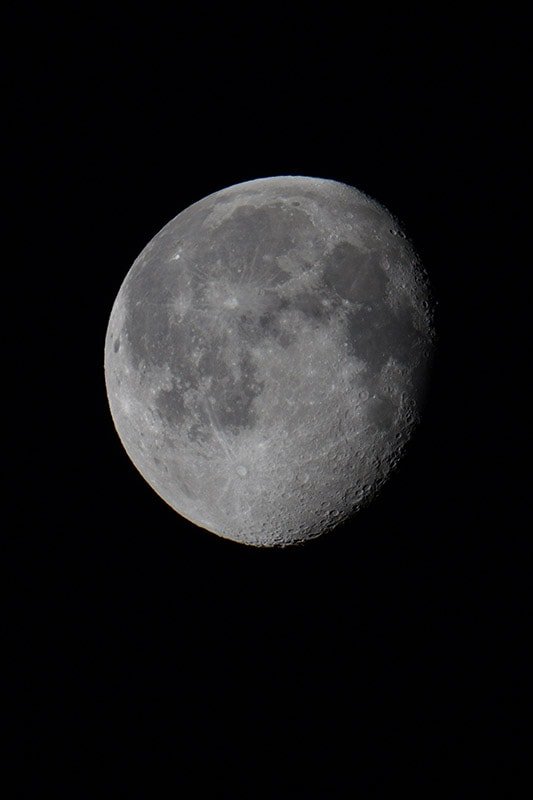
Sony a7R IV + 200-600 + 1.4x @ 840mm | 1/500 | f/9 | ISO 400 | Crop | Full Resolution SOOC Download: JPEG | RAW **
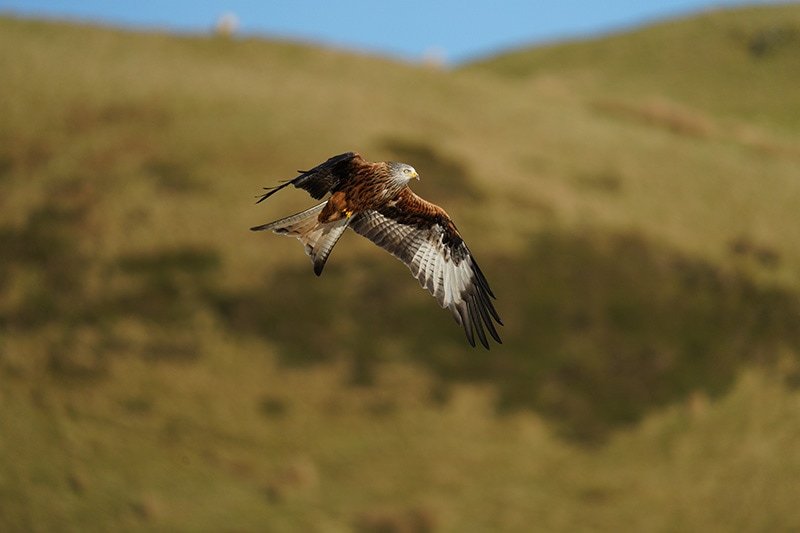
Sony a7R IV + 200-600 @ 600mm | 1/2500 | f/6.3 | ISO 640 | Full Resolution SOOC Download: JPEG | RAW **

Sony a7R IV + 200-600 @ 600mm | 1/2000 | f/6.3 | ISO 400 | Full Resolution SOOC Download: JPEG
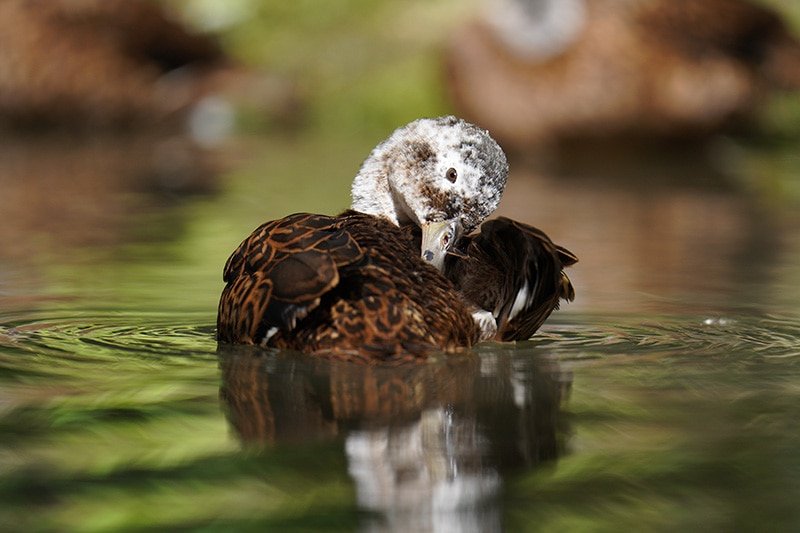
Sony a7 III + 200-600 @ 600mm | 1/1000 | f/6.3 | ISO 640 | Full Resolution SOOC Download: JPEG | RAW **
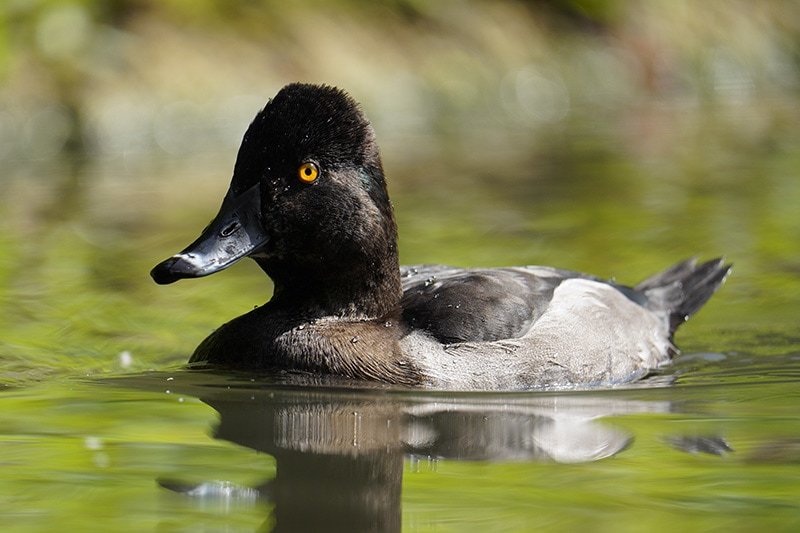
Sony a7 III + 200-600 @ 600mm | 1/1000 | f/6.3 | ISO 400 | Full Resolution SOOC Download: JPEG | RAW **

Sony a7 III + 200-600 @ 600mm | 1/1000 | f/6.3 | ISO 400 | Full Resolution SOOC Download: JPEG | RAW **
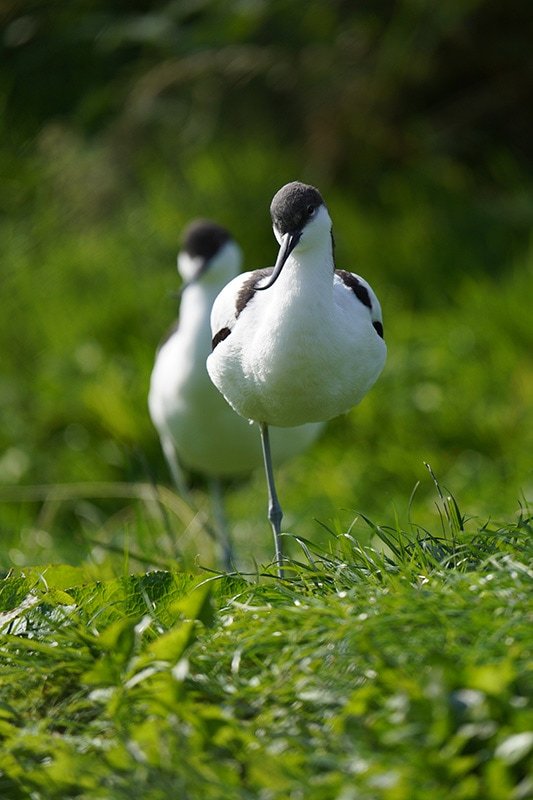
Sony a7 III + 200-600 @ 600mm | 1/1600 | f/6.3 | ISO 640 | Full Resolution SOOC Download: JPEG | RAW **
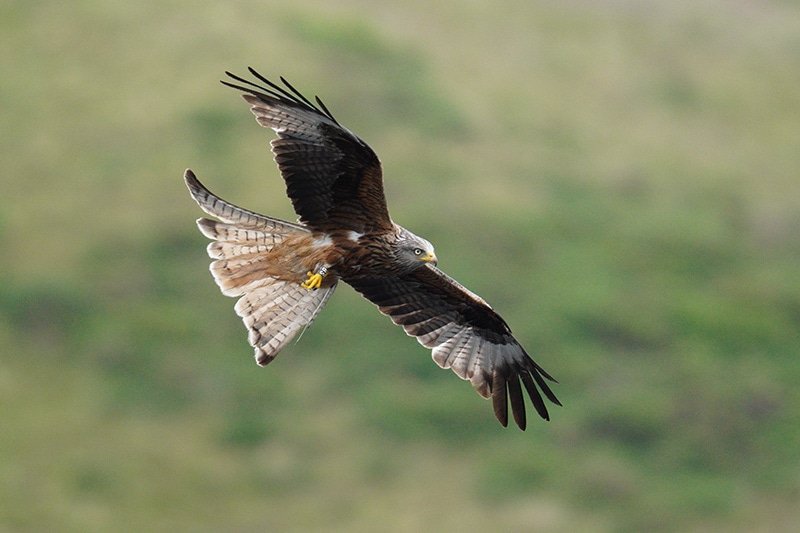
Sony a6400 + 200-600 @ 500mm | 1/1600 | f/6.3 | ISO 1600 | Full Resolution SOOC Download: JPEG | RAW **

Sony a6400 + 200-600 @ 500mm | 1/1600 | f/6.3 | ISO 1600 | Full Resolution SOOC Download: JPEG | RAW **

Sony a7 III + 200-600 @ 600mm | 1/1250 | f/6.3 | ISO 250 | Full Resolution SOOC Download: JPEG | RAW **

Sony a7R III + 200-600 @ 600mm | 1/250 | f/6.3 | ISO 100 | Full Resolution SOOC Download: JPEG | RAW **

Sony a7R III + 200-600 @ 600mm | 1/1600 | f/6.3 | ISO 200 | Full Resolution SOOC Download: JPEG | RAW **

Sony a7III + 200-600 @ 600mm | 1/2000 | f/6.3 | ISO 500 | Cropped | Full Resolution SOOC Download: JPEG | RAW **

Sony a7III + 200-600 @ 600mm | 1/2000 | f/6.3 | ISO 500 | Cropped | Full Resolution SOOC Download: JPEG | RAW **

Sony a7III + 200-600 @ 600mm | 1/2000 | f/6.3 | ISO 500 | Cropped | Full Resolution SOOC Download: JPEG | RAW **
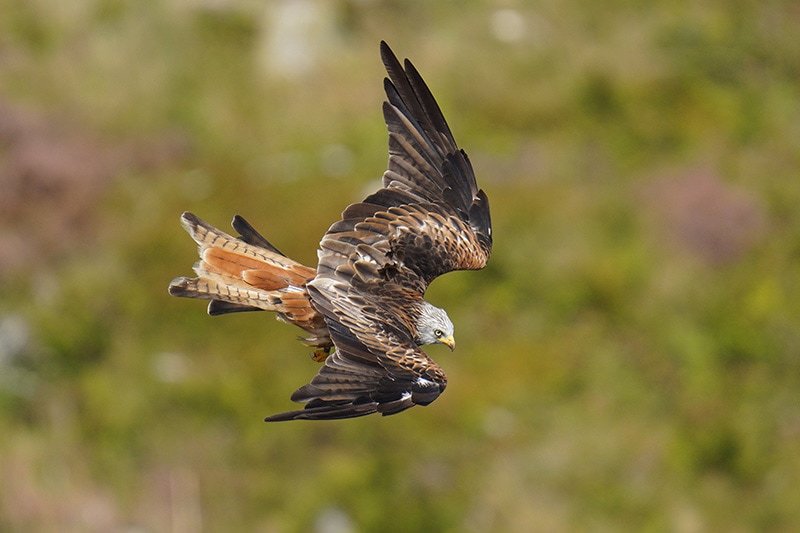
Sony a7III + 200-600 @ 600mm | 1/2000 | f/6.3 | ISO 640 | Cropped | Full Resolution SOOC Download: JPEG
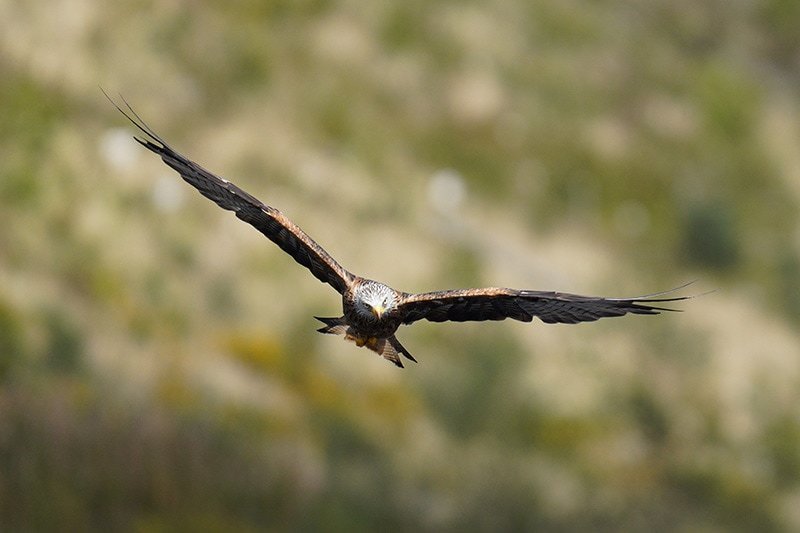
Sony a7III + 200-600 @ 600mm | 1/2000 | f/6.3 | ISO 800 | Cropped | Full Resolution SOOC Download: JPEG | RAW **

Sony a7III + 200-600 @ 600mm | 1/2000 | f/6.3 | ISO 640 | Cropped | Full Resolution SOOC Download: JPEG | RAW **
Sony FE 100-400 Sample Photos
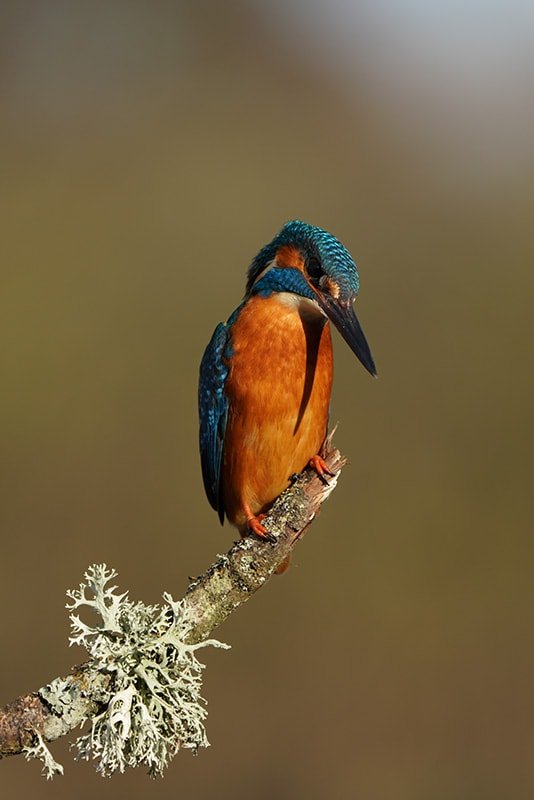
Sony a7R III + 100-400 @ 400mm | 1/400 | f/5.6 | ISO 100 | Full Resolution SOOC Download: JPEG | RAW **
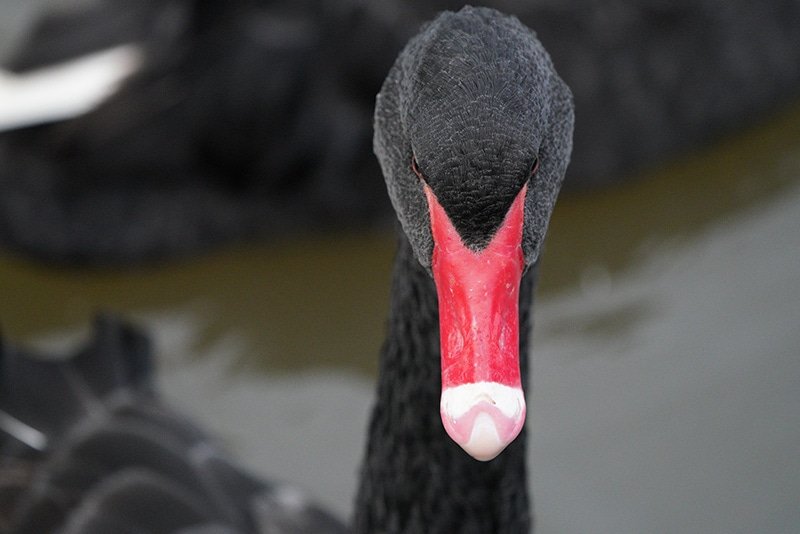
Sony a7R III + 100-400 @ 250mm | 1/1000 | f/5.6 | ISO 8000 | Full Resolution SOOC Download: JPEG | RAW **

Sony a6500 + 100-400 @ 260mm | 1/800 | f/5.6 | ISO 400 | Full Resolution SOOC Download: JPEG | RAW **
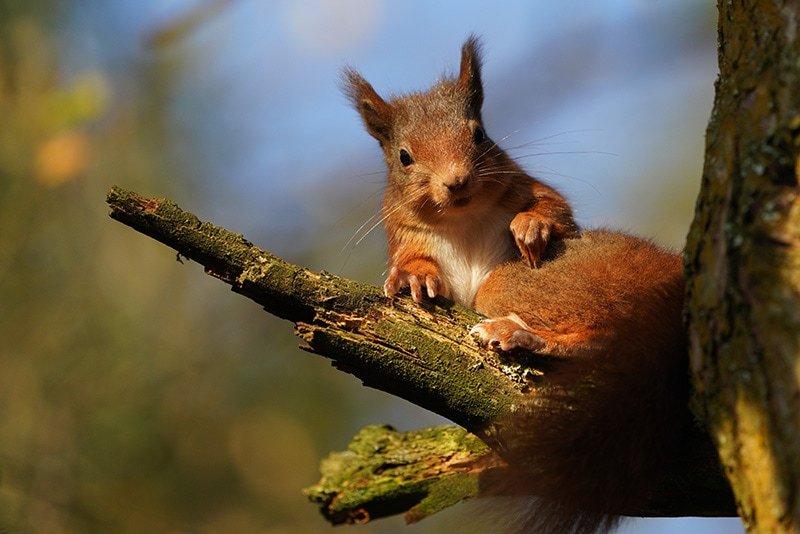
Sony a7R III + 100-400 @ 400mm | 1/800 | f/5.6 | ISO 640 | Full Resolution SOOC Download: JPEG
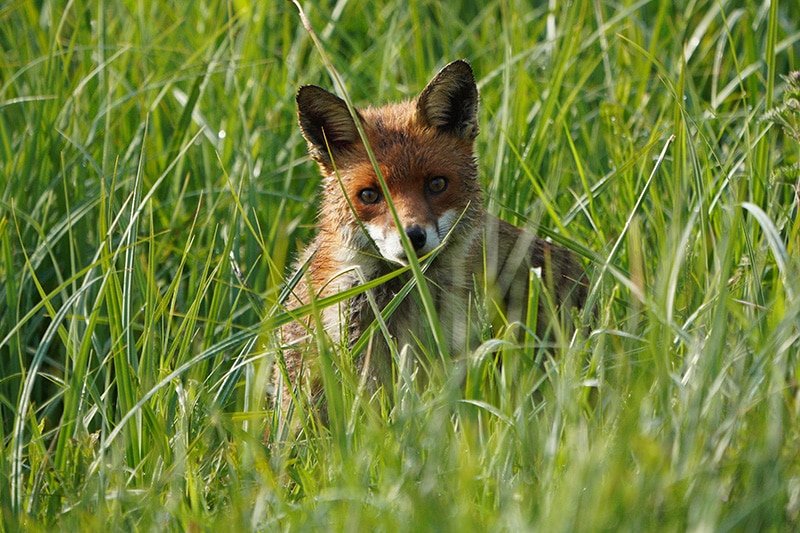
Sony a6400 + 100-400 @ 400mm | 1/1250 | f/5.6 | ISO 800 | Full Resolution SOOC Download: JPEG

Sony a6500 + 100-400 @ 345mm | 1/250 | f/5.6 | ISO 400

Sony a7R III + 100-400 @ 370mm | 1/250 | f/5.6 | ISO 8000 | Full Resolution SOOC Download: JPEG | RAW **

Sony a7R III + 100-400 @ 400mm | 1/250 | f/5.6 | ISO 5000 | Full Resolution SOOC Download: JPEG | RAW **

Sony a7III + 100-400 + 1.4x @ 560mm | 1/2000 | f/8 | ISO 640 | Cropped | Full Resolution SOOC Download: JPEG | RAW **
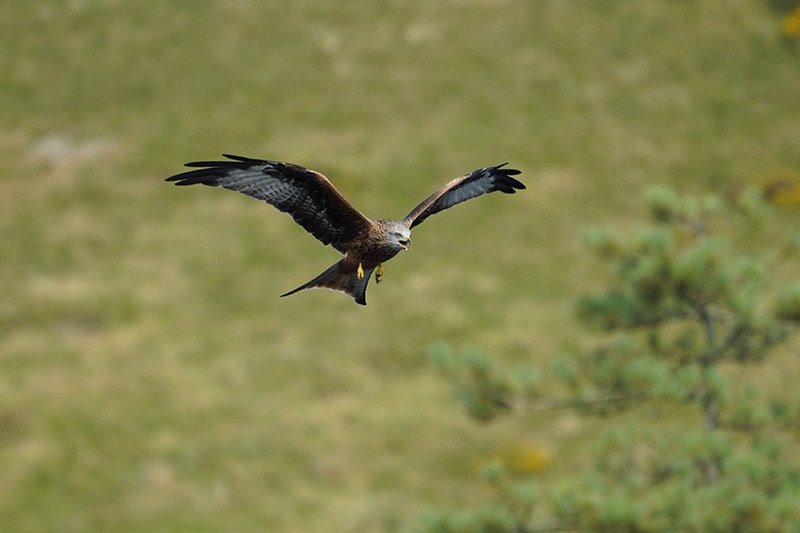
Sony a7III + 100-400 + 1.4x @ 560mm | 1/2000 | f/8 | ISO 2000 | Cropped | Full Resolution SOOC Download: JPEG | RAW **

Sony a7III + 100-400 + 1.4x @ 560mm | 1/2000 | f/8 | ISO 1000 | Cropped | Full Resolution SOOC Download: JPEG | RAW **
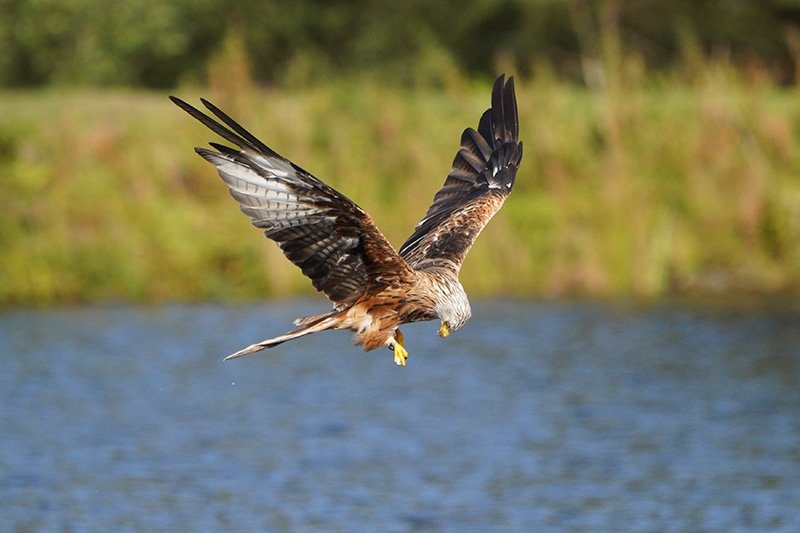
Sony a7III + 100-400 + 1.4x @ 560mm | 1/2000 | f/8 | ISO 2000 | Cropped | Full Resolution SOOC Download: JPEG | RAW **

Sony a7III + 100-400 + 1.4x @ 560mm | 1/2000 | f/8 | ISO 2000 | Cropped | Full Resolution SOOC Download: JPEG | RAW **

Sony a7III + 100-400 + 1.4x @ 560mm | 1/2000 | f/8 | ISO 2000 | Cropped | Full Resolution SOOC Download: JPEG | RAW **
Conclusion
Although there is still much more I’d like to add to this comparison, after owning the 200-600 since it was first released and also the 100-400 since first release I feel comfortable in writing this conclusion.
Both lenses are exceptionally good and although only the 100-400 is badged as a G Master lens, the 200-600 G would certainly not bring any shame to the GM label if Sony had decided to use it.
If you are shooting wildlife then most likely you are going to want as much reach as possible and although you can add the 1.4x teleconverter to take the 100-400 to 560mm / f/8, you will see a noticeable drop in image quality especially compared to the 200-600 at 600mm f/6.3. You’ll also now be shooting at f/8 and will need to crank the ISO a little higher.
If you often shoot using a gimbal then you’ll also find that the 200-600 balances much better since the barrel does not extend when you zoom and throw the balance off. With the 100-400 on a gimbal you’ll either need to fix the zoom and then balance it, or put up with the lens being off balance.
The smooth internal zoom of the 200-600 which features a very short zoom throw also helps to keep your subject in the frame and I find it much quicker to use compared to the 100-400. When you zoom with the 100-400 the weight also changes which affects the balance, and if you are shooting skywards there is also a lot more resistance.
Shooting from a hide with an internal zoom is also beneficial since there is no movement to scare away your subject, whilst zooming in and out with the 100-400 can be risky if your subject doesn’t know that you are there or is very nervous.
The 100-400 is the lightest lens of the two weighing in at 1596g (with tripod foot and hood attached). Without extending the zoom it measures 205mm in length, extending the zoom to 400mm takes it to 285mm. The lens has a maximum diameter of 93.9mm. Adding the 1.4x teleconverter will add an additional 169g in weight and also adds 16mm in length. Without a doubt if you are travelling a lot then this is the lens you will want in your backpack.
The 200-600 weighs in at 2397g (with tripod foot and hood attached), making it a good 800g heavier than the 100-400. It measures 318mm in length with a maximum diameter of 111.5mm. If you are used to shooting with the 100-400 or a lighter lens then you will most definitely feel the weight of the 200-600, especially if you are handholding. But if you are used to the weight of a big prime lens with an SLR camera attached then it will probably feel like a feather to you.
With a minimum focus distance of only 0.98m (3.22 ft) the 100-400 is the best choice for close-up photography, since the 200-600 requires 2.4m (7.88 ft) to autofocus correctly. So if you enjoy shooting butterflies, dragonflies and other bugs then the 100-400 is probably the best lens for you.
The 100-400 does handle chromatic aberration a lot better than the 200-600, it shows no signs of CA in either the center of the frame or towards the edges. The 200-600 shows signs of CA both in the center of the frame and towards the edges where it becomes more pronounced. With lens corrections turned on CA is minimized but still visible, so you may need to apply further CA removal in post if shooting subjects with high contrast. Thankfully I’ve not spotted any CA in the real world images that I’ve shot with the 200-600 so far, but I will certainly be keeping an eye out for this.
If money was no object I would own both of these lenses since they both have their own unique qualities and both are capable of capturing some amazing images. For me personally I now prefer shooting with the 200-600 mainly for the extra reach and internal zooming. My shoulder muscles are just going to have to grow to handle the extra weight!
Whichever lens you choose I don’t think you are going to be disappointed one bit.
Sony 200-600 Bag Guide
If you do decide to go with the Sony FE 200-600 then you might find that your favorite bag is not big enough for this larger lens.
My Sony 200-600 Bag Guide will give you all of the dimensions you’ll need to know to check if your bag is large enough and if not then you’ll also find lots of bag options together with photos of the 200-600 inside.

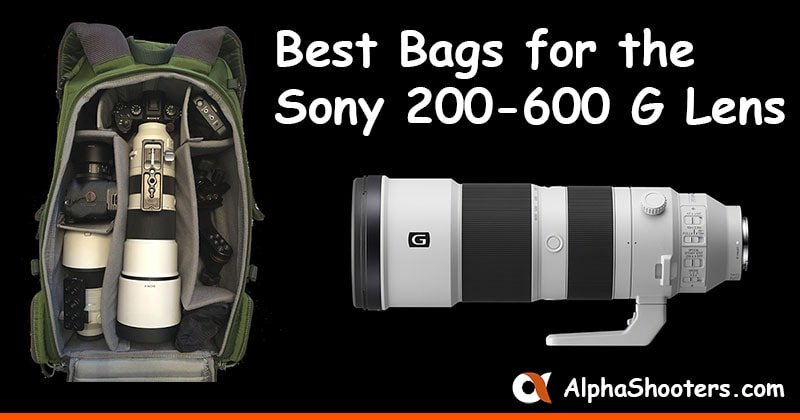

Tim, great review. Thank you for helping me to make up my mind on which lens to take for the upcoming Alaska trip for Bald eagle in snow shooting. After reading your review, I have decided to take 200-600 with me and really appreciate for helping to make informed decision.
Thanks Mukesh I’m glad that the article helped. A trip to Alaska sounds fantastic! Hope you have a brilliant time!
Good review thanks! I’ve recent purchase an a7riii with the 24-70 GM. My next lens will be either the 100-400 or 200-600 and I’m really struggling to decide!
Thanks Scott! I don’t think you will be disappointed with either lens. The 100-400 is definitely more travel friendly and great for up close shots, whilst the extra reach of the 200-600 is very useful for wildlife, and the internal zoom makes the handling so much nicer than the 100-400 but you pay for this with the extra weight!
The 200-600 Sony is indeed mostly a wonderful lens – however, many (experienced) people are having problems with the combo of the A7R4 and the 200-600. In a nutshell, when using the A7R4, even shooting slowly moving subjects such a duck floating on the water, or even a perched bird, people are only getting 2-3 in-focus images per 10 shots taken. The A7R4/200-600 combo at 600mm (at least and perhaps other focal lengths) is highly inconsistent…one frame back-focused, the next front fo…a third in focus etc., with no rhyme or reason…and no way to figure out how to correct. If you have the time, could you re-evaluate the lens using the A7R4? Thank You!
More info here: https://www.fredmiranda.com/forum/topic/1630739
Hi Robert. Thanks for commenting. Yes I have read the threads over on FredMiranda and DPReview about focusing issues with the R4 + 200-600. It’s difficult to say what the problem is here as there are also many people who are not reporting any issues and appear to be very happy. I don’t appear to have any focusing issues with my own R4 and the 200-600, sure it misses focus now and again but I expect a few misses. It could be a quality control issue, I know of a few people who have sent their R4s back and been much happier with the replacements. I guess we will only know for sure if Sony releases a firmware for either the lens or R4 that specifically addresses focusing issues. I do plan to add further tests to this comparison with the R4 soon.
excellent report !! thanks
Thank you Carlos!
Hello , Do you think that with this lens we can take pictures of correct sports at night … in a properly lit stadium, I want to associate it with an a7iii or an a7riii.? after your post , i am for sony 200-600 FE . Thank you
It’s not really a low light lens but if you are on a budget and can’t stretch to something like the 400mm F2.8 then the 200-600 can still be used but you’ll need to push the ISOs a little higher. I’d recommend using it with the a7III or a9 instead of the a7R III as the low light performance of these two cameras is better than the a7R III. There are some low light sports photos shot with the 200-600 in the Sports Group that I run on Facebook: https://www.facebook.com/groups/alphasportsshooters/
Thanks for a great review! I’ve found few others that have the depth and detail that you’ve provided here.
I have both lenses, having recently added the 200-600 to my collection. I am actually amazed how sharp it is, it has been been defying my expectations. I shoot it on an a9, mostly concentrating on birds. I too have been noticing the extra weight compared to the 100-400, but the internal zooming is very nice. I imagine I’ll be using the 200-600 most of the time, unless I’m out in more forested areas where I know it will be gloomy and the birds nearer at hand so the lesser reach isn’t as much of a problem.
Glad that you found it helpful Steven! Yes you definitely feel the extra weight compared to the 100-400 but after a few weeks you don’t really notice it anymore unless you are shooting often with the 100-400 as well. The internal zoom is very nice, it’s rather unpleasant zooming with the 100-400 after using the 200-600 for a while! All the best for 2020! Tim
Hello, I dream to go to Sony. Buy 200-600 d remotely without verification. So there is question on lens 200-600 mm and very fear buy not very a sharp copy.Is there a spread in resolution and how much chance there is to run into a mediocre in terms of pixel sharpness instance?
Hi Yuriy. I have heard that a few people have exchanged their 200-600 lenses because they were not happy with the quality of the first one received, but these numbers are very small compared to those who are happy first time. I would however recommend buying from an authorized Sony dealer with a good returns policy just in case you are very unluck!
Wow. Fantastic review!
I recently bought the A7iii and 200-600. So far very happy with it. Sometimes I wish I had a little more cropping ability. Birds are usually far away or small. Wondering if I would have been better off with an A7Riii(iv is too pricey for me). Any thoughts on image quality comparing these two? I realize in theory the A7Riii should have more noise. Does that even them out when doing heavy cropping?
Thanks Chris! The a7III and 200-600 is a very nice combo but of course you are limited to the cropping that you can do. If you went for the a7R III you will be losing out a little in AF performance and has you have mentioned the noise at higher ISOs will be more noticeable. If you shoot lots of birds in flight you might be better sticking with the a7III unless you can stretch to the a7R IV but if you shoot a mix of wildlife then the cropping power of the a7R III is very useful and it’s definitely my preferred camera for mixed wildlife shooting, well it was till I changed to the a7R IV. If you use the 1.4x tele then one downside of pairing the a7R III with the 200-600 is that phase detection on the R3 is limited to f/8. The 200-600 + 1.4x tele puts you at f/9. At f/9 on the R3 you’ll now be using contrast detection only and AF will be a lot slower, also shooting AF-C and continuous only the first shot of the series will be in focus, so something to think about. There are lots of sample shots from the a7R III at high ISOs in my borneo post: https://www.alphashooters.com/sony-100-400-wildlife-borneo/ (I only had the 100-400 at the time). Hope it helps! Tim
Brilliant and so detailed. You have made the decision so easy thank you. Impressive work and well documented. All the best and thanks again Tim.
Danny.
Thanks very much Danny. Glad the article helped you with the decision making!
Well, I suppose I got a bad 200-600…
Under 15meter distance, the 200-600 works well, for longer distance it’s just as we say in french a ‘cul de bouteille’, a very bad lens 🙁
I will send it back to Sony to check where is the problem.
I’ve tried it on an A7RIII and also on an A6400, same bad results…
I also have the 100-400 and for me the results are far better with the 100-400.
That’s a shame Oliver 🙁 I think there is definitely some copy variation with this lens (along with many other lenses). I would just return it if you are still in your returns window it might be quicker than sending it into Sony.
I believe this is a dirty secret lens manufacturers don’t want you to know… No two lenses are exactly the same. They may be close but something will be different. Your still dealing with physics. Glass inheritenly has imperfections. I’d get another copy… Download Tim’s RAWs for comparison
So, how to do you really know if you have good copy or bad copy? Are the bad ones “really” bad? Seesm quite subjective.
Hey Greg. Yes this is definitely quite subjective, what’s sharp to one person my be soft to another. I’m very happy with the sharpness of my lens so just download the sample images to compare with your own. I’d also recommend checking that your lens is centered (I do this with all new lenses). If you are not sure how to do this these articles should help: https://www.lensrentals.com/blog/2012/05/testing-for-a-decentered-lens-an-old-technique-gets-a-makeover/ and https://phillipreeve.net/blog/how-to-check-how-decentered-your-lens-is/
Thank you, Tim, for this in-depth review and comparison. Unfortunately, I’m even more uncertain now. For example, all 200-600 photos from in-flight birds look slightly out of focus for me. With the 100-400 not so much, but still some. However, they clearly lack details, as you described. And your sharpness test shows no real winner. I expected a better wide-open performance from both. I like the internal focus of the 200-600 and the compactness of the 100-400 … it’s so difficult to decide.
Just in theory, what would you suggest to get over 400 mm for beginners: Use the 100-400 on a crop-sensor? Use the 200-600 on FF? Use 100-400 with TC on FF?
Glad you found the article so far helpful Soso. The bird in-flight shot look in focus to me be we all perceive in-focus slightly differently especially when pixel peeping. If shooting from a distance and cropping in then often atmospheric condition will affect the sharpness as well. Personally I prefer to shoot on full frame than crop as you’ll get much better low light performance which is useful when shooting with higher shutter speeds. I also prefer the ergonomics of the full frame bodies. If you are in a very sunny country then the low light performance might not be so important and a crop body like the a6400 with the 100-400 would make a very travel friendly setup.
Great detailed review Tim, best comparison I’ve found.
Definitely looking at adding the 200-600mm to my A9 plus 100-400mm and now A7Riv. As my main subjects are wildlife (and let’s face it, in the UK that means birds) the A7Riv on crop mode plus the 200-600mm and 1.4x TC looks to be a winning combo.
The A7Riv certainly performs better IQ wise than the A9 on most wildlife apart from very fast BIF and very low light conditions. There seems to be some sample variations on the 200-600mm though, as some reviewers – notably Mark Smith find the A7Riv + 100-400mm to be a sharper combo (?) than the 200-600mm.
The 100-400mm + 1.4x is certainly a lighter and more flexible option doubling up as a great pseudo macro lens. However the drawbacks are it’s focusing is heavy and clumsy feeling also the long focus throw is way too excessive.
Will wait a while to see more hands on reviews and hopefully a price drop!
Hi Mark, hope you are well! Glad to hear that you’ve found the comparison helpful and that you are thinking about the 200-600 to pair with your a9. I’ve only just picked up the a7R IV myself but it appears to work nicely with the 200-600. I’ve not had chance to test the a7R IV + 200-600 + 1.4x yet but I’ve heard others haven’t been so pleased with the teleconverter when shooting birds in flight. So definitely something to try out myself at some point. There does appear to be some sample variations unfortunately. Hope to get a comparison video of the a7R IV vs a9 shooting birds in flight up in the next few days. I wouldn’t hold my breath for a price drop just yet 🙂
Hi Tim, yes thanks I’m well. TBH I don’t do many birds in flight so the 7R4 may become my go to for wildlife. It certainly impresses next to the A9 which didn’t give me as much resolution as I hoped.
Whether or not I need the 200-600mm I’m not sure. Concerned that in our climate low light levels mean high ISO and it looks like it’s at least 2 stops behind the A9 wrt noise. We’ll see.
Look forward to seeing more comparisons of the two lenses, thanks again!
(Bought a battery grip via your link BTW!)
You will certainly be spoilt for cropping power with 61MP to play with! Low light is definitely an issue in the UK, especially whenever I get chance to go out! There is definitely more noise with higher ISOs with the a7R IV but if you aren’t shooting too many birds in flight with fast shutter speeds then hopefully it should be manageable. I might experiment with Topaz DeNoise AI which people seem to be raving about at the moment. It could be a useful tool for noisier shots that you’d like to keep. Thanks for grabbing the battery grip! Was that the Sony VG-C4EM? I’m not sure if I’ll be buying one myself yet as I can’t believe Sony put an extra hundred pounds on the price over the a9 grip which I already thought was a tad overpriced!
Yes I’ve been playing with the trial version of DeNoise but not tried it out extensively yet. Will try it on some of my Pantanal holiday photos. It is quite slow though especially with the A7R4 photos I tried.
The grip on the A7R4 is much better suited to my hands than the A9 so I’ll wait to see if I need the battery grip. The A9 battery grip was available for £150 off at my local dealers not so long ago (after I’d bought it!) so Sony are making a lot of profit on it I would say!
May try a third party grip when one appears and if they make it weather resistant.
Cheers Mark
Topaz Denoise is excellent, but PRIME in Dxo photolab elite is even better. I’ve tested both extensively, and Dxo Prime is better at maintain details and removing noise in a single pass. I have A7RIV files shot at 12800 iso that look like they were shot at 800 iso after Prime. Good luck
Good to know, thanks for the tip Tim.
Recently bought the 200-600mm and have been very pleased with it and the A7R4 although I haven’t used it extensively yet. Slightly alarmed at the negative focusing issues brought up on the DP and FM forums but haven’t seen anything untoward so far. Your images look great so I assume you are very happy with the combination for wildlife?
Off to Uganda shortly (hired a 70-200 f2.8 too, especially for the gorilla’s) so will have a better idea after that. I will have my A9 and 100-400mm as a standby so that will be interesting to compare…
Hey Mark. I hope you are well! Glad to hear that you have been pleased with your 200-600 and a7R IV. Yes there do appear to be a number of photographers having issues with this particular combination which is a little worrying but then there are also many more who don’t appear to have any issues, thankfully my combination appears to work very well. Still, if you are taking it to Uganda (lucky you!) I would definitely get out and take as many shots with it before you go just in case there are any issues. Have a brilliant time in Uganda! Would be great to see some of your shots in the wildlife group when you are back! 🙂
Thanks Tim. Having a great time in Uganda. 90% of the time using the 200-600mm with the 1.4x even for butterflies. Used the 70-200mm for the gorillas but the 100-400mm only got use for the large mammals! Crossing my fingers for some reasonable shots when I’ve got them up on the PC at home.
Hey Mark. Very glad to hear that you are having a great time in Uganda. Definitely a little jealous too! 🙂 I’m sure you will be coming home with lots of great shots! Safe travels!
Sir i have a small query and you being owner of both lenses there is no better person i can ask this. I feel to my eyes from the images i have been this far that the 100-400 brings out a punchy contrast in the colours than the 200-600 i am not sure i am and is yet to own one of these lens and is telling only by the support of images i have seen so far taken by others… is that true? If so is there any tweeks i can make to the camera settings (maybe colour profile) to achieve that contact on the colors which is very good with wildlife.
Thank you in advance 🙂
With the A7RIV, the whole scenario beetween these lenses changes. The 100400gm resolves more details on the A7RIV in my tests, and AF is superior with 100400. In addition, the A7RIV has full AF coverage in APS-C mode at 26mpx and 600mm equivalent!
Hi Nelson. I’ll be adding some additional tests with the a7R IV soon. If you shoot the a7R IV in crop mode with the 200-600 you’ll be at 900mm (35mm equivalent field of view) compared with 600mm using the 100-400. That’s quite a difference!
Tim, my 3rd copy of the 200600 is a charm. Yes you heard that right…3 copies to get a good one. Excellent lens but I suggest anyone buying test and make sure retailer has a good return policy. Just sold my 100400 … Will miss the close focus but planned on adding the Sony 90mm macro anyway. Good day
Hi Sai. I’ll be doing some color rendition tests between the two lenses soon. Once I’ve done those tests I’ll then be better placed to answer your question. Personally I wouldn’t base my decision between the two on color rendition alone since this can easily be adjusted in post or using the create styles in camera.
An absolute gem of a reveiw. Thank you so much for this. it have answered almost all of my doubts over the 100-400 vs 200-600 which the entire YouTube comparison videos of all reviewers combined couldn’t do..thank you so much again..:)
Thank you very much Sai. I’m glad that you enjoyed it and found it helpful in your decision making. 🙂
Have to agree, hands down the best review of these two lenses anywhere! Well done!!!
Thank you very much Nelson! Still some more I’d like to add when I get chance as well.
Yes Tim’s review process is superb. The only review you need, and this is coming from someone who has also owned and used both lenses
Hi Greg. Very glad that you found the comparison helpful. I normally resize all of the post images to 800px at the long edge and export as jpeg from Photoshop with a quality of 9, so that may affect the quality that you and others are seeing. If I added the full-size images the page would be too slow to load and Google would wallop me. So that’s why I always include the links to download the full size jpegs and raws as I figure people can do this if they want to take a closer look at the image quality. Thanks for pointing this out though, I’ll have a tinker and see if I can improve the jpeg quality without increasing the size too much. All the best, Tim
Yes helpful but what do you think for a hobbies like me shoukd I get the 100-400 or 200-600 I just bought the 2.0x Teleconverter
Hi Sam. Both lenses are excellent. I think it comes down to what you are wanting to shoot? As I shoot a lot of wildlife the 200-600 gets me closer so I’m using this a lot more than the 100-400. But if I travelled a lot then the smaller size and lighter weight of the 100-400 would be more appealing. I don’t use the 2.0x teleconverter a great deal as it blocks two stops of light. So on the 100-400 this puts you at f/11 and the 200-600 at f/13 which is rarely ideal and will push up your ISO. Quite a few Sony cameras will lose phase detection at theses higher aperture as well which can really slow down the AF. I’ve never used the Sony PXW-FS5M2 so can’t comment on how either lens will work on this camcorder I’m afraid. All the best, Tim